The 41st Center Annual | send me anything
June 13th to August 18th, 2024
Opening Reception
Thursday, June 13th, 6pm–8pm
Collectively, the works in the 41st Center Annual spoke to me about self-awareness and vulnerability, and about precarity, safety, and comfort. These photographs include observational and experimental approaches, personal meditations, and collaborations.
Artists show us how photography can be used to describe worlds greater than ourselves that are nonetheless ours. These worlds are formed out of desires for a connection–with the past, with others, with our own experiences, or with our transforming selves. In making we expand ourselves. The worlds that we call into being may set comfort alongside ache, affirmation alongside grief, and recognition alongside uncertainty. The act of describing such worlds has always required both audacity and humility: the audacity to say “this is how things are or could be,” and the humility of knowing that what you say today may not stand true forever. The ability to acknowledge and address what’s unsettled is something we can give to and accept from one another.
Every piece here struck an emotional chord for me. Two bodies of work stood out. Eleanor Oakes collaborates with mothers to create salt prints using breastmilk as the salting solution. The images in love’s labor assert their materiality and their status as unique objects essentially connected to the collaborator. Oakes takes the language of formal beauty of early photography as a point of departure for her own explorations and commentary that complicate the categories of motherhood, labor, and nature. In his project Veiled Inscriptions Dean Terasaki superimposes letters written by Japanese-Americans during World War II over contemporary photographs of the American concentration camps where they were incarcerated. The letters were requests to Terasaki’s uncles who owned a pharmacy in Denver, for everyday goods that were unavailable in the camps. Terasaki, acting as both witness and custodian of historical memory, in a way repatriates the letter to the letter writer, honoring the ask for aid. In a letter from Manzanar, one writer asks for soap, coffee, candy; “send me anything.”
Leo Hsu, Juror, Executive Director, Silver Eye Center for Photography, Pittsburgh, PA
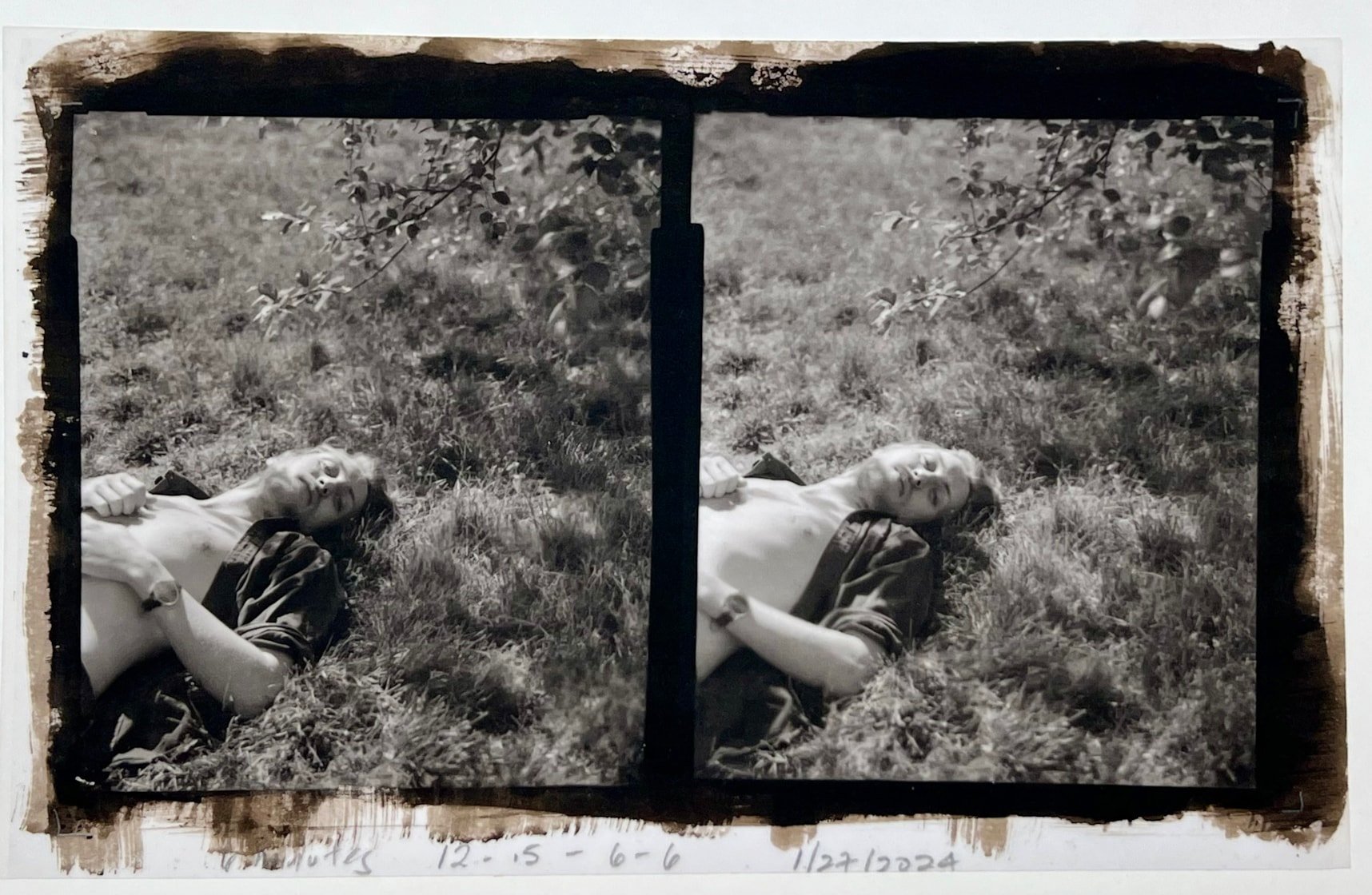
Christa Blackwood

Derrell Boson
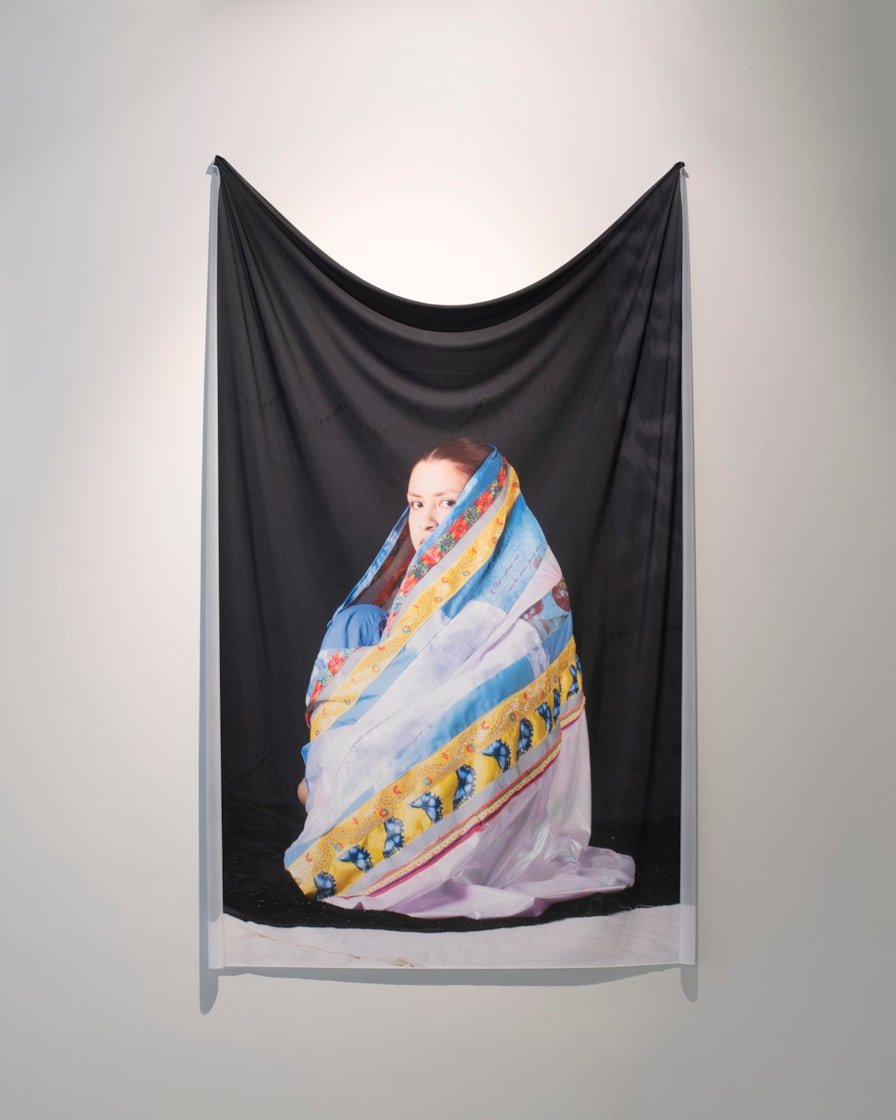
Stephanie Cuyubamba Kong
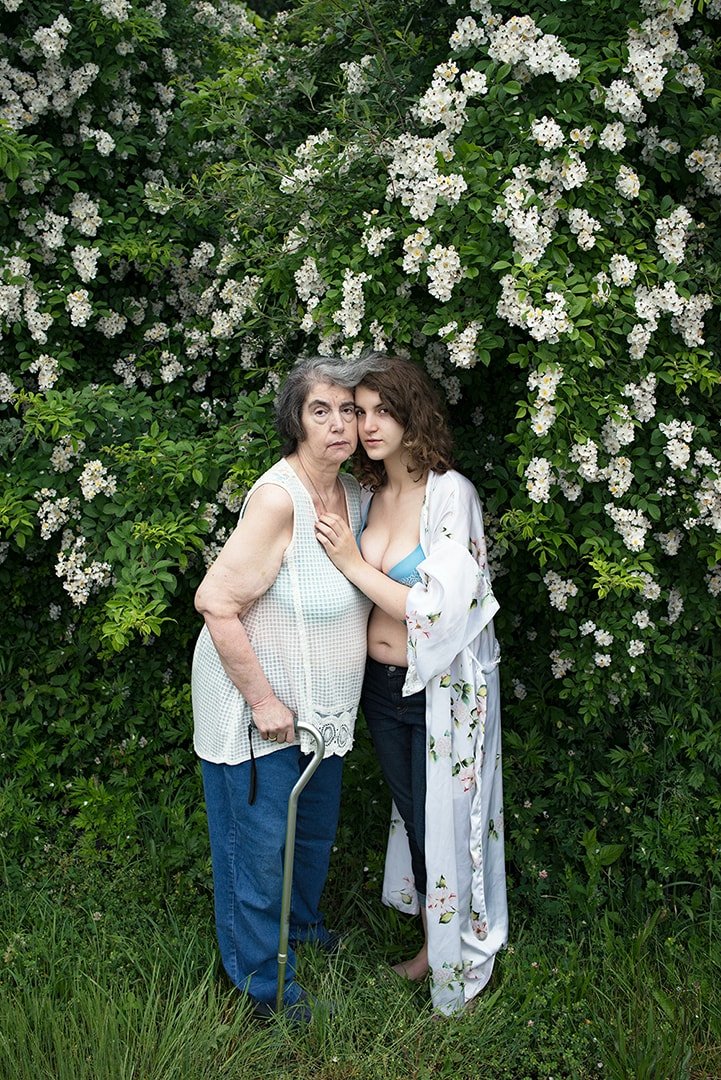
Leah Edelman-Brier
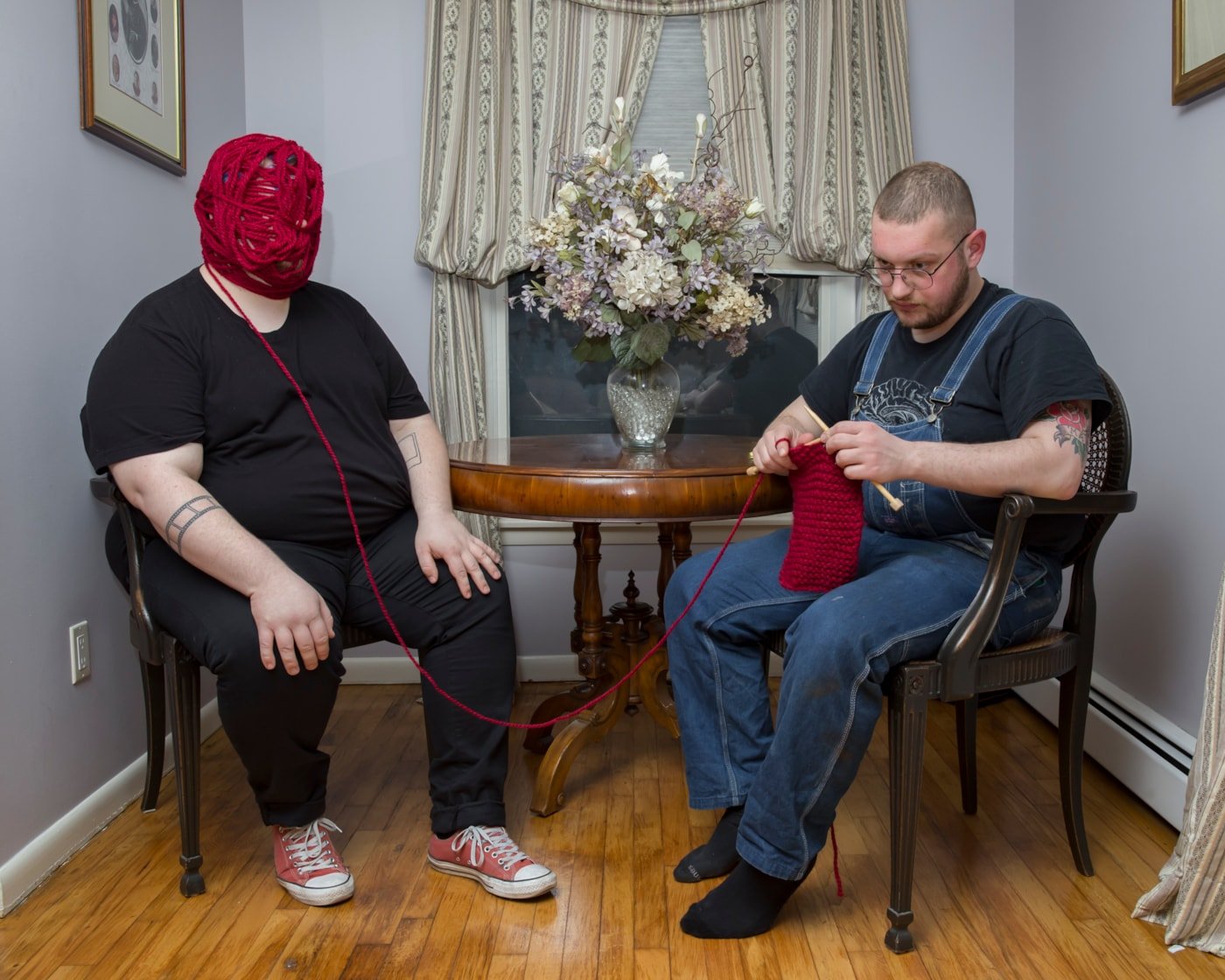
Jesse Egner
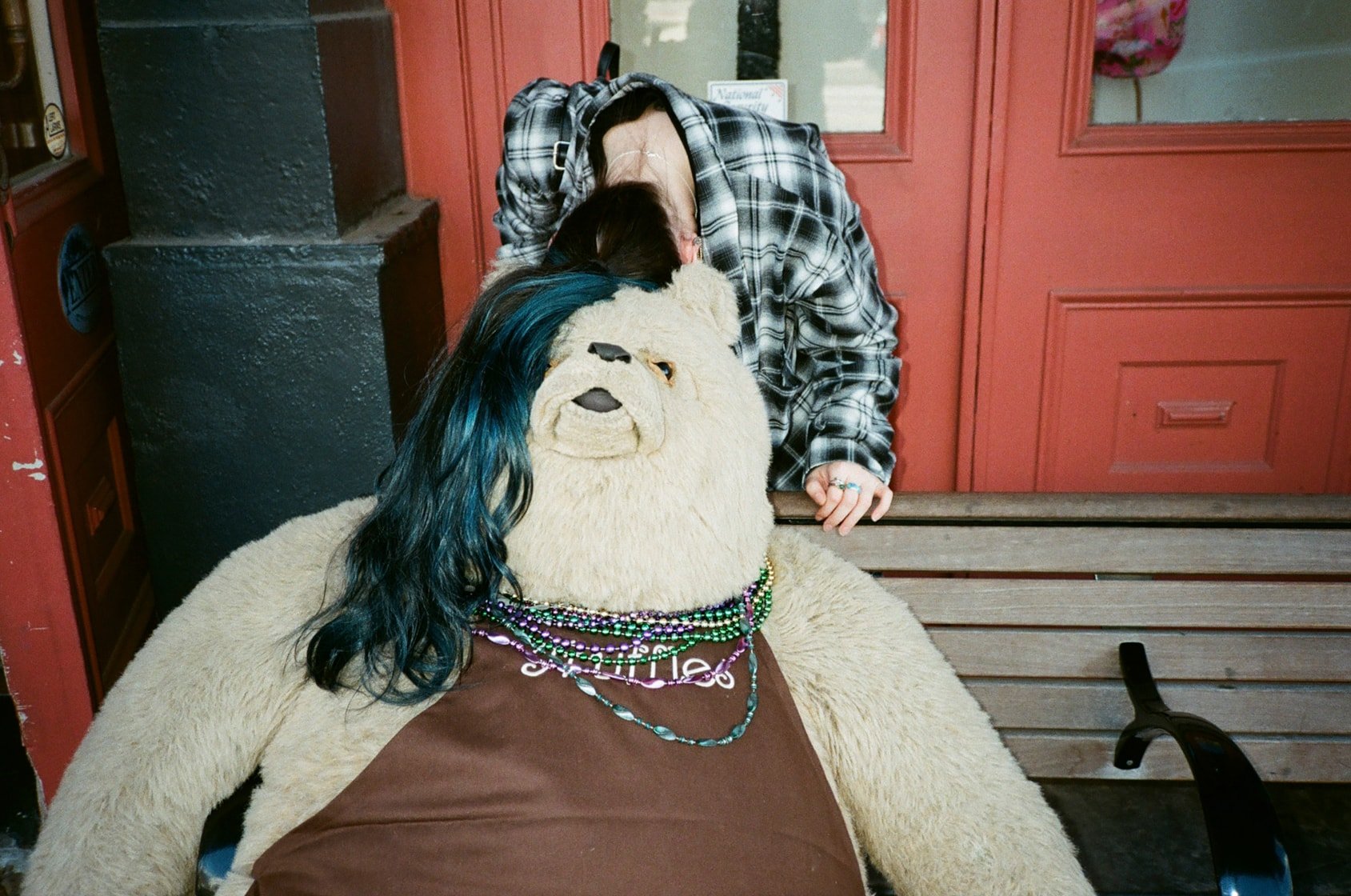
Noe Esquivel
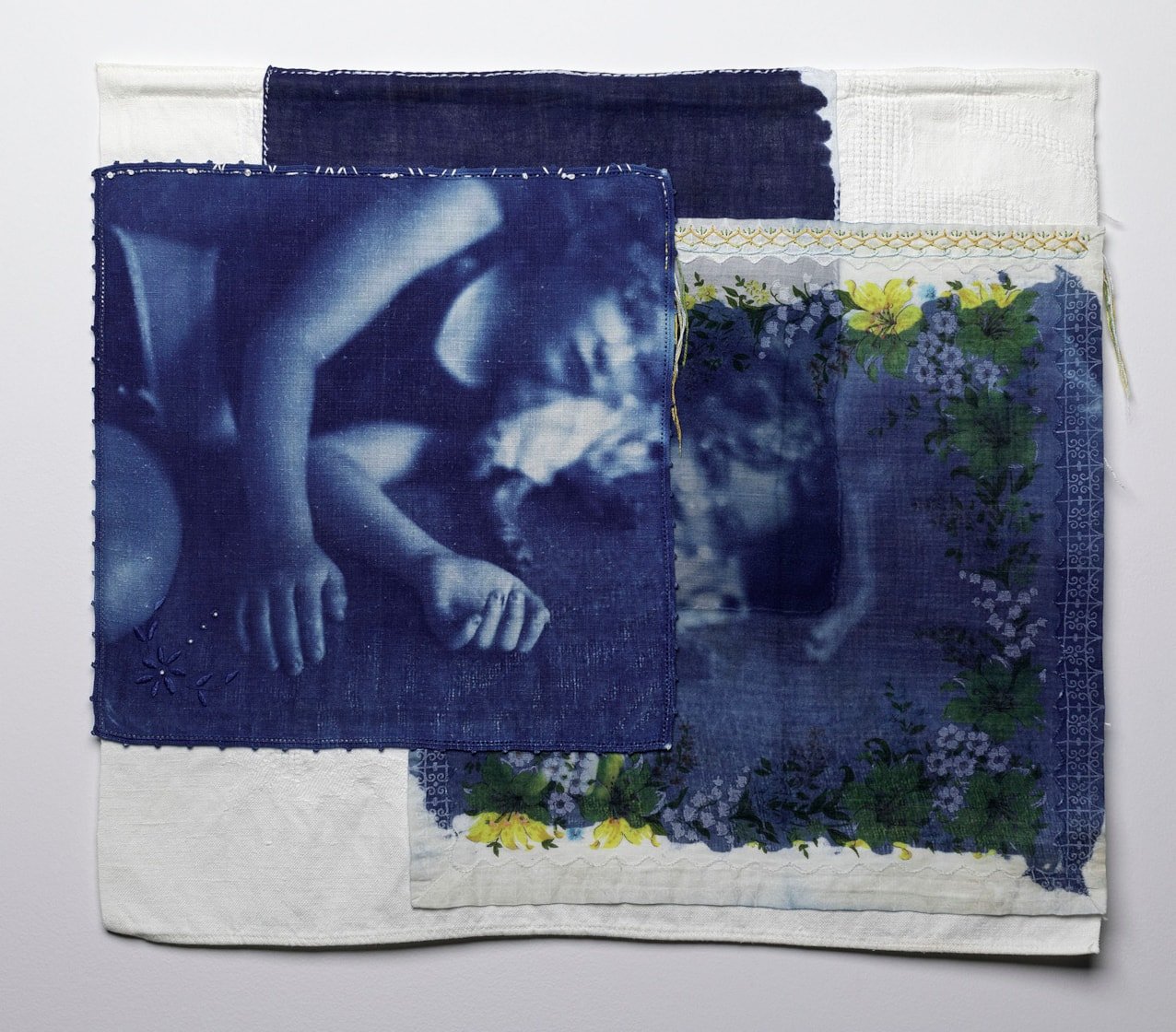
Morgan Ford Willingham

Juan Glassford
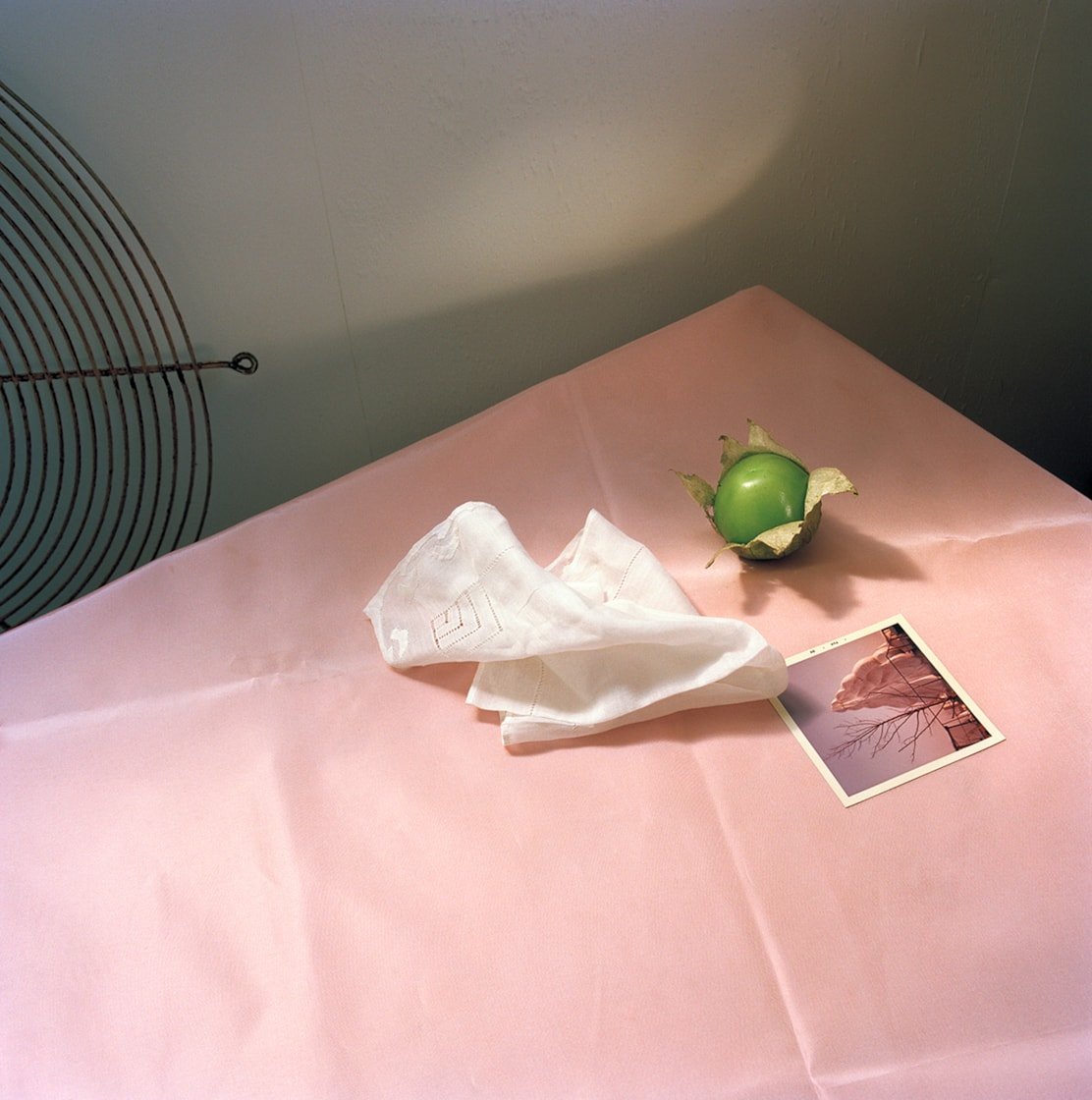
Meg Griffiths
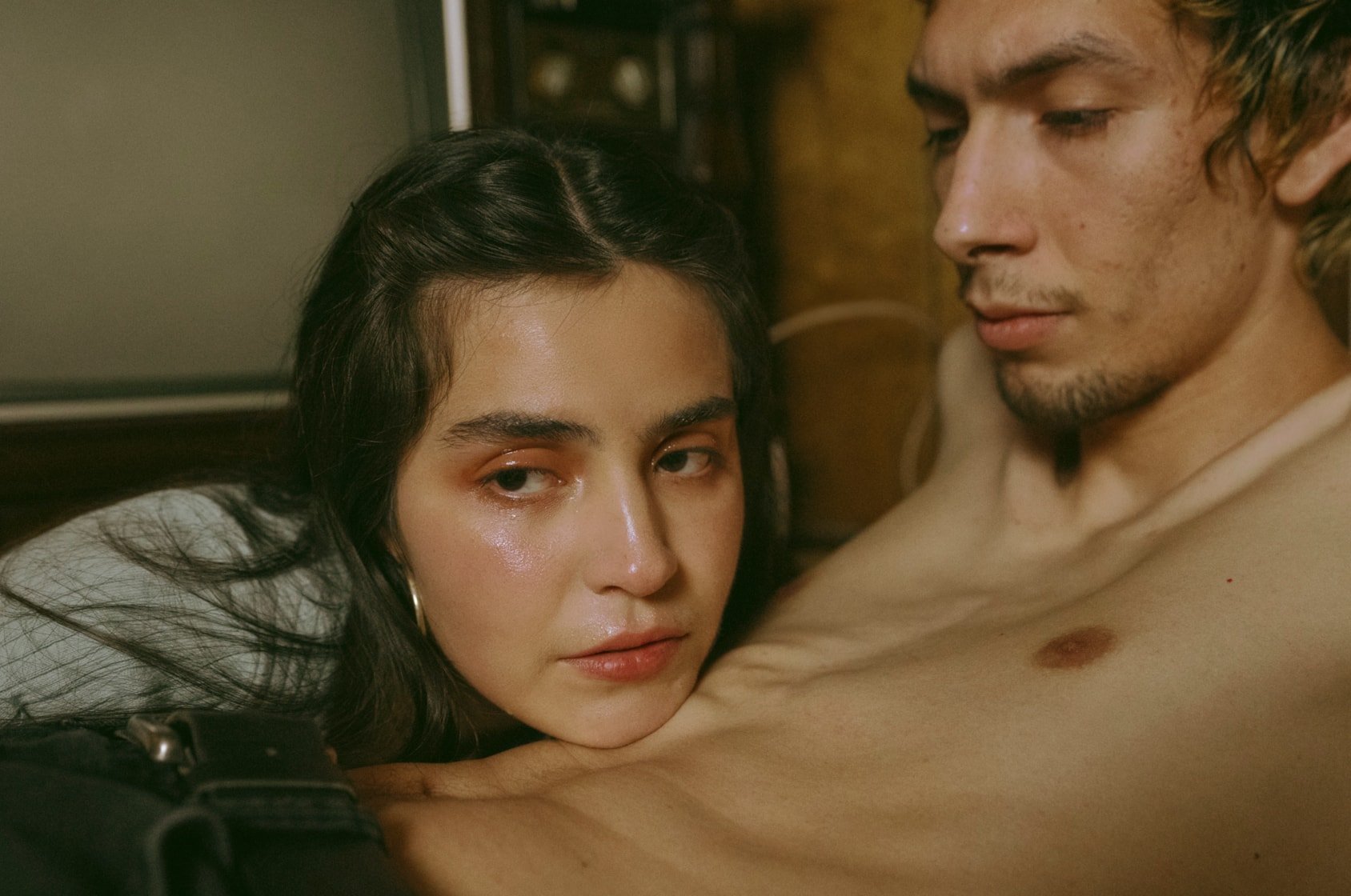
Monserratt Guajardo
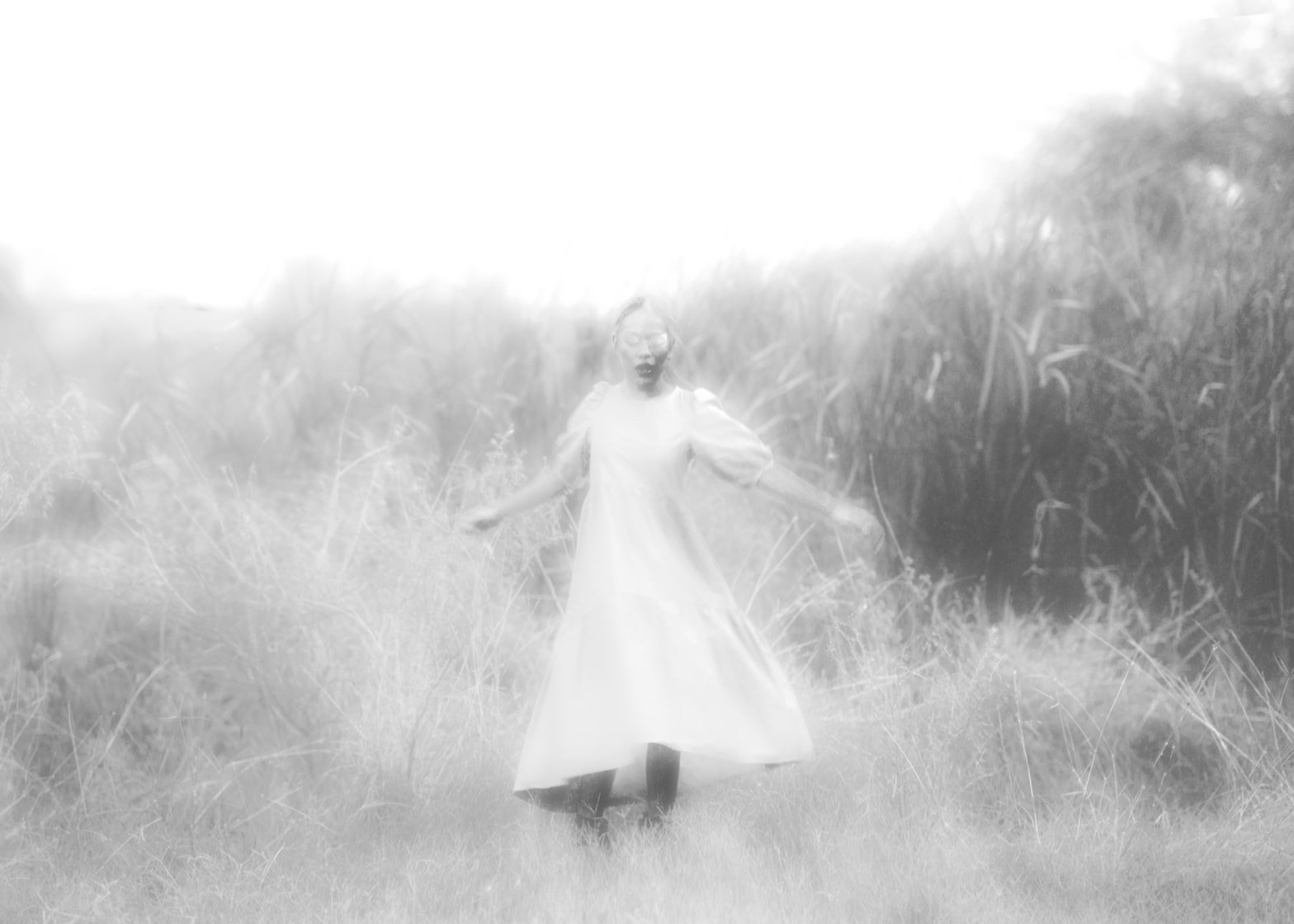
Monserratt Guajardo
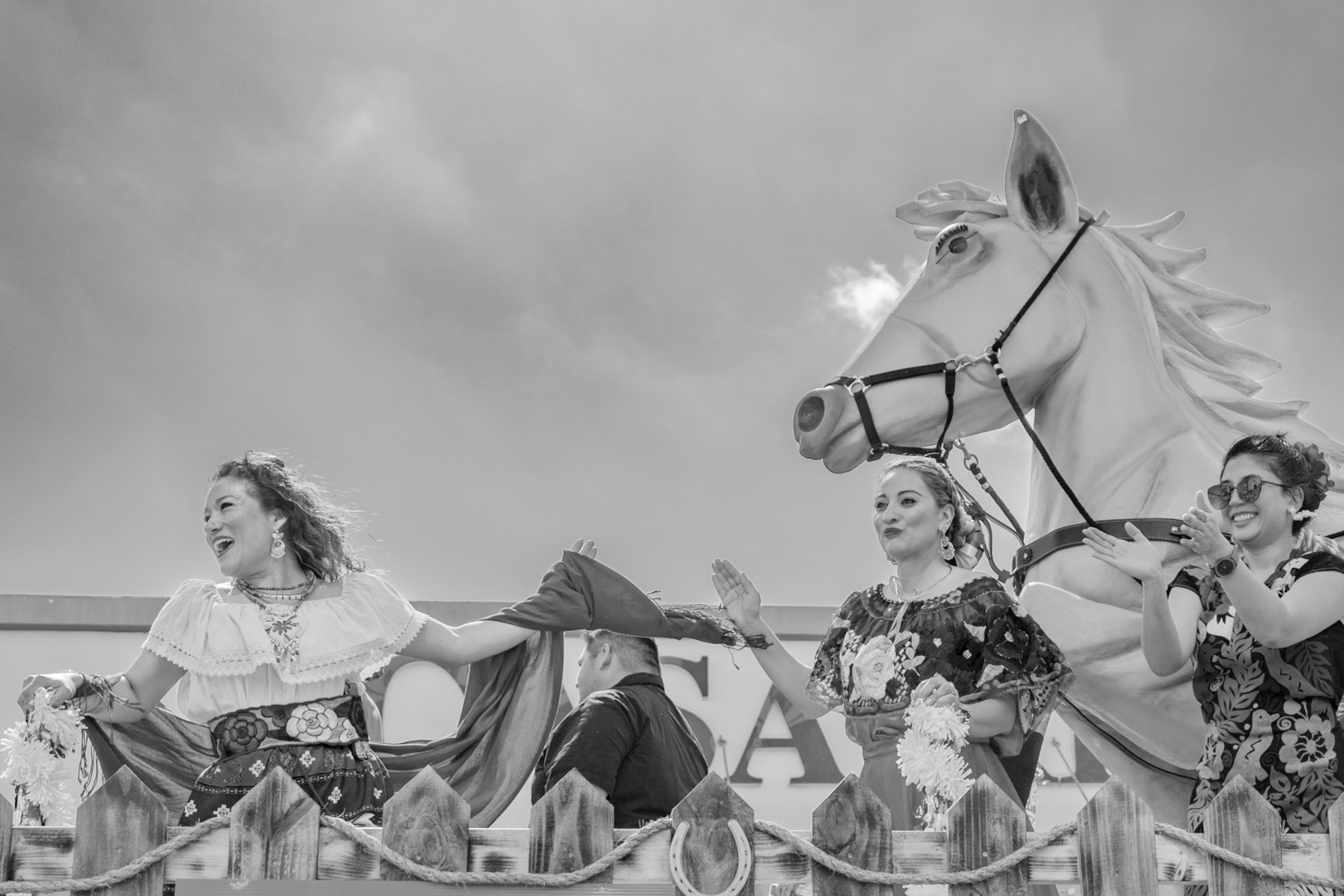
Antonio Hurtado
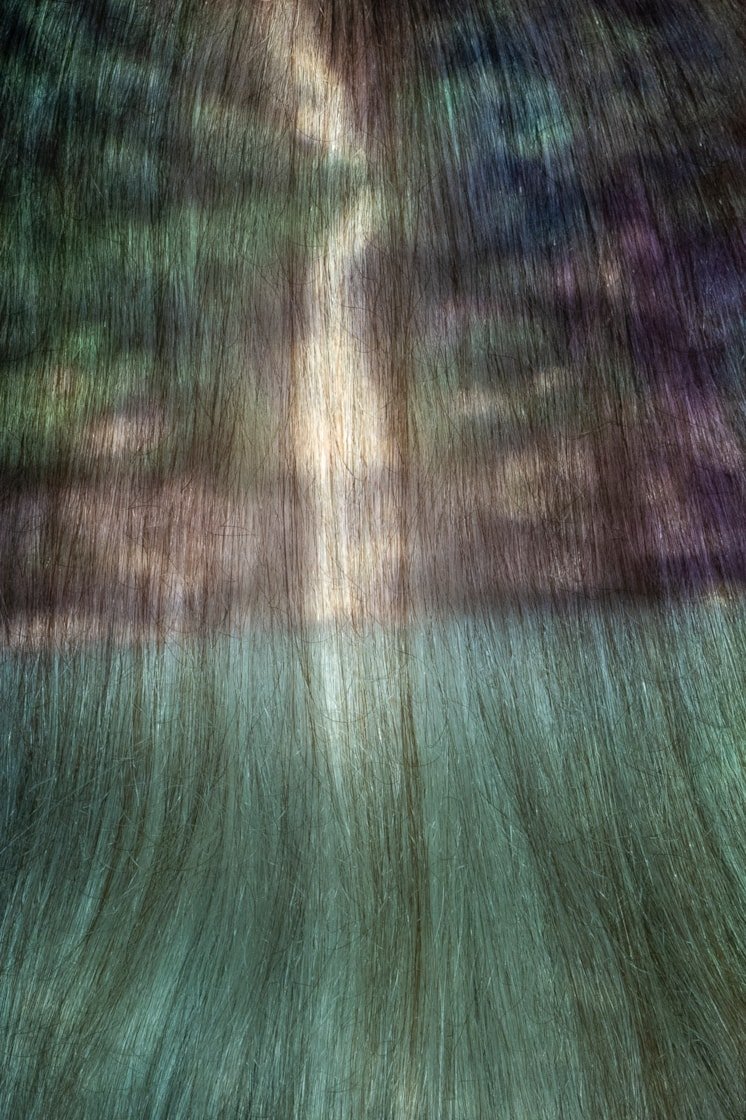
Susan Isaacson
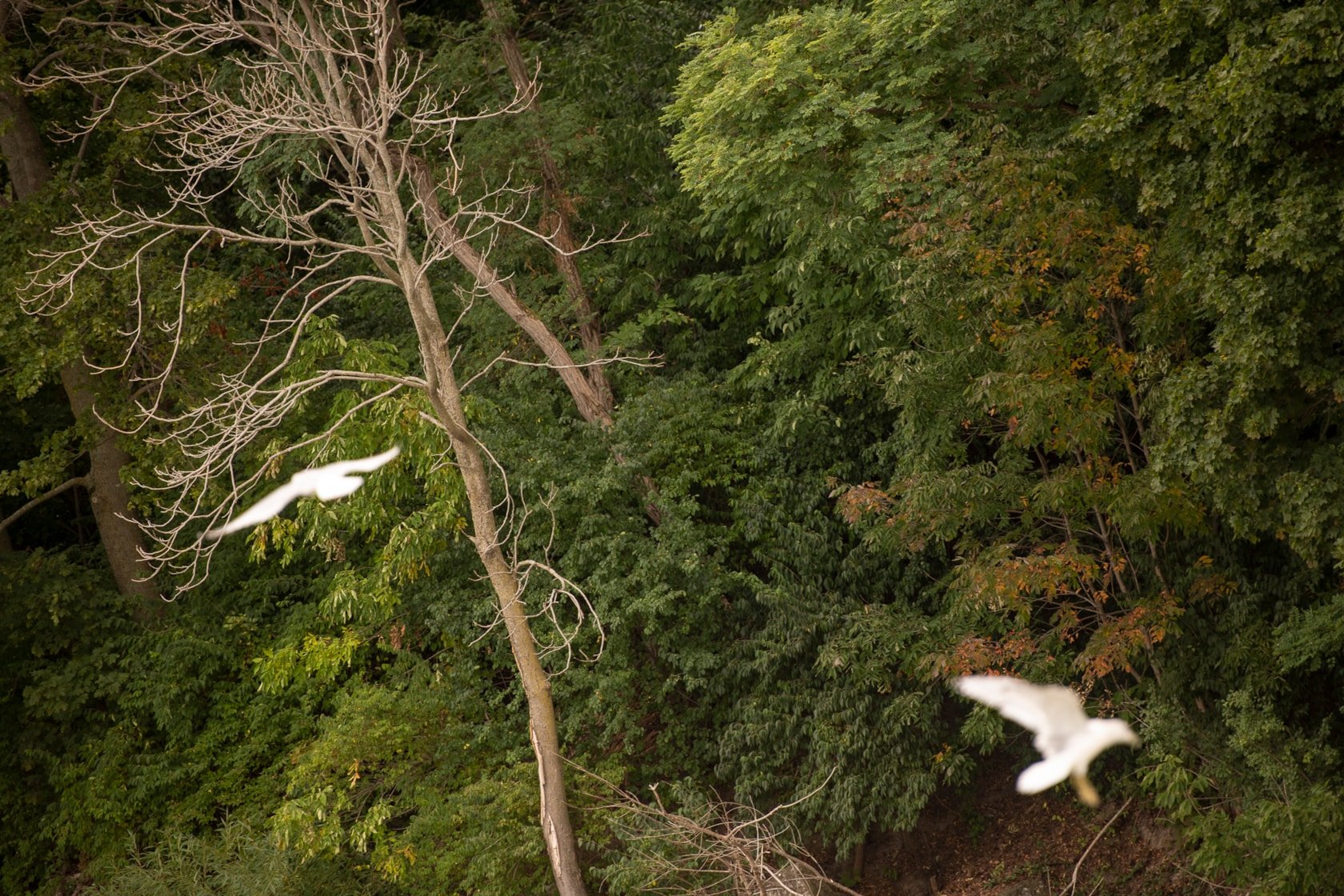
Susan Isaacson
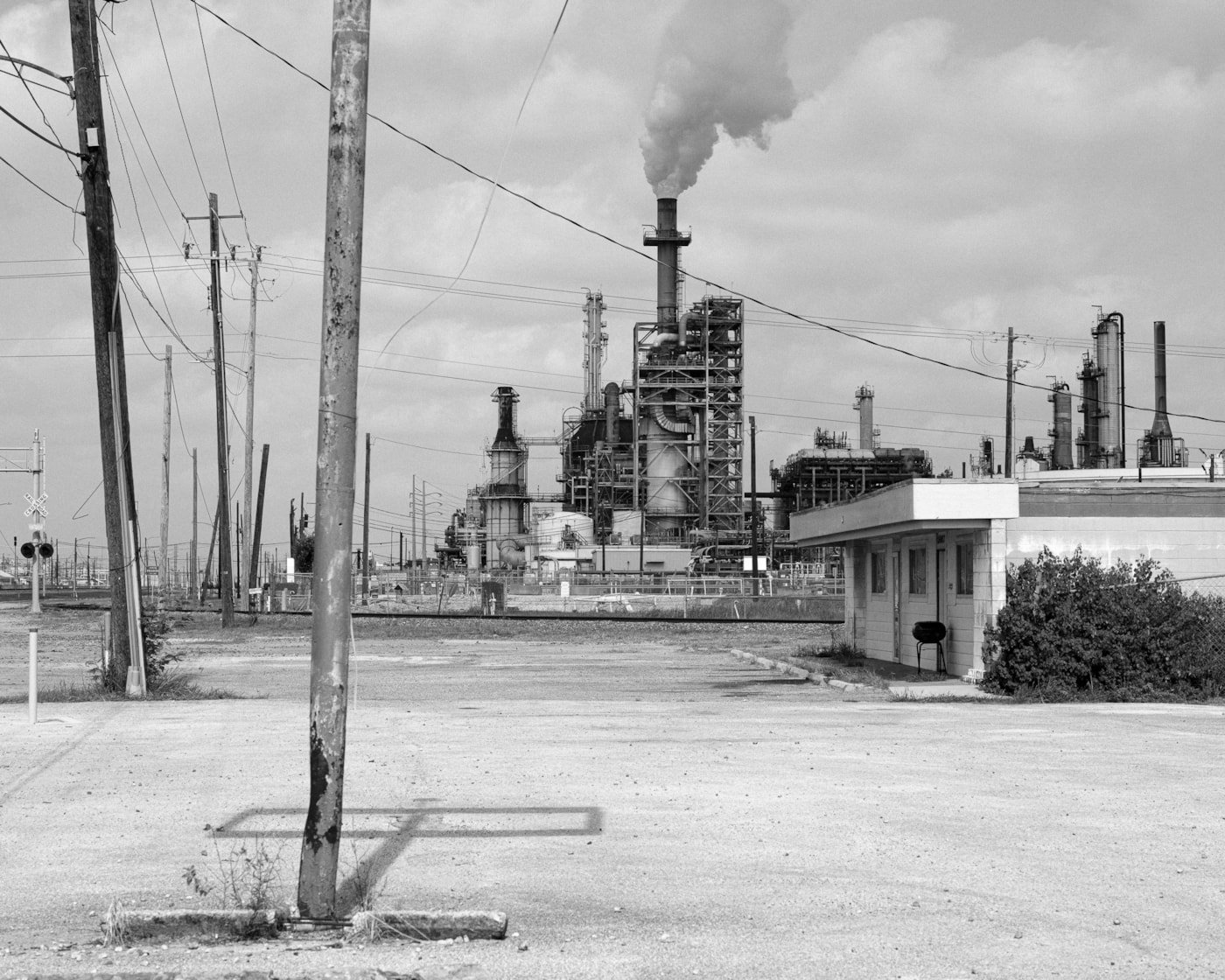
Sam Jentsch
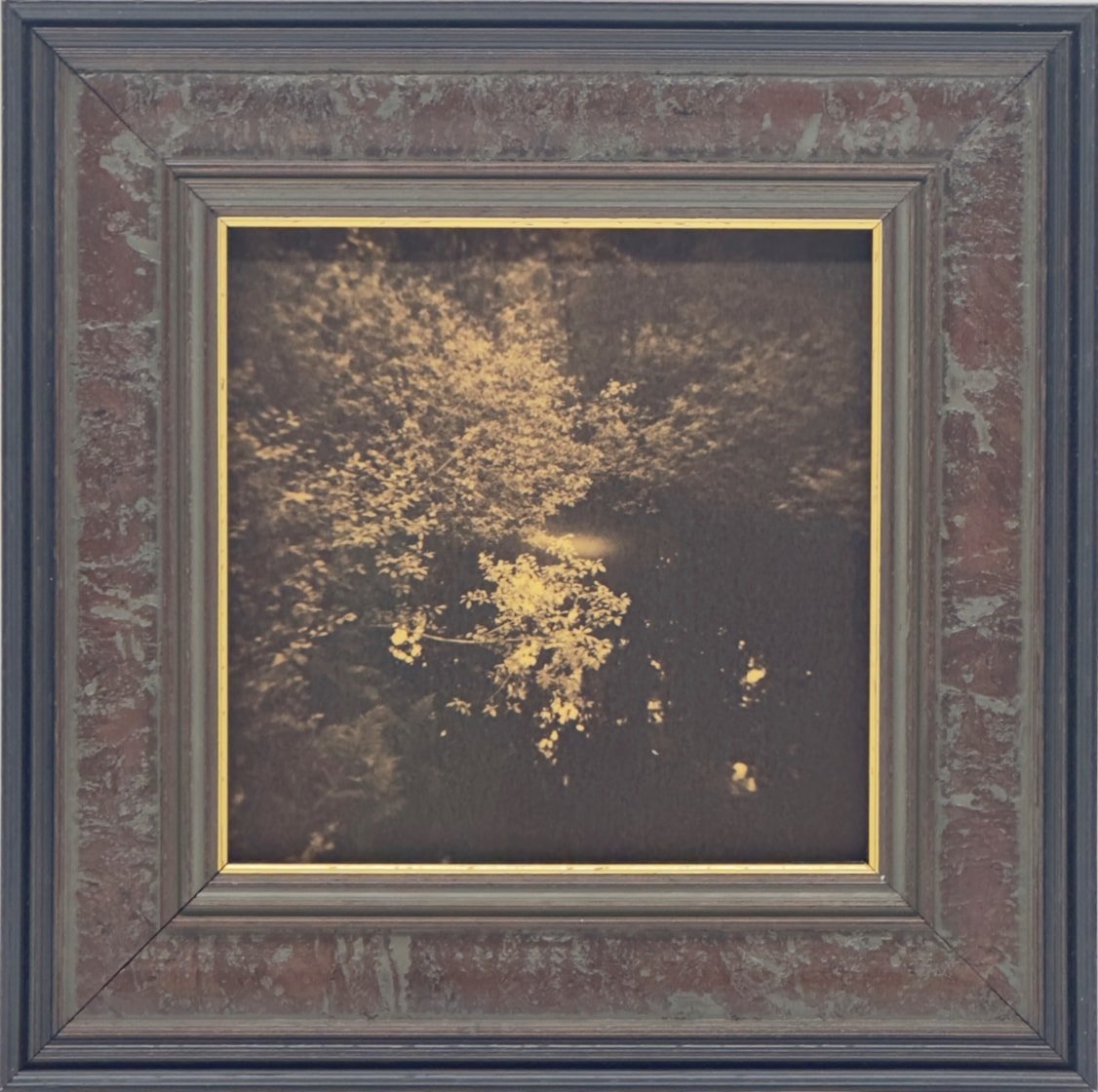
Amisha Kashyap

Amisha Kashyap
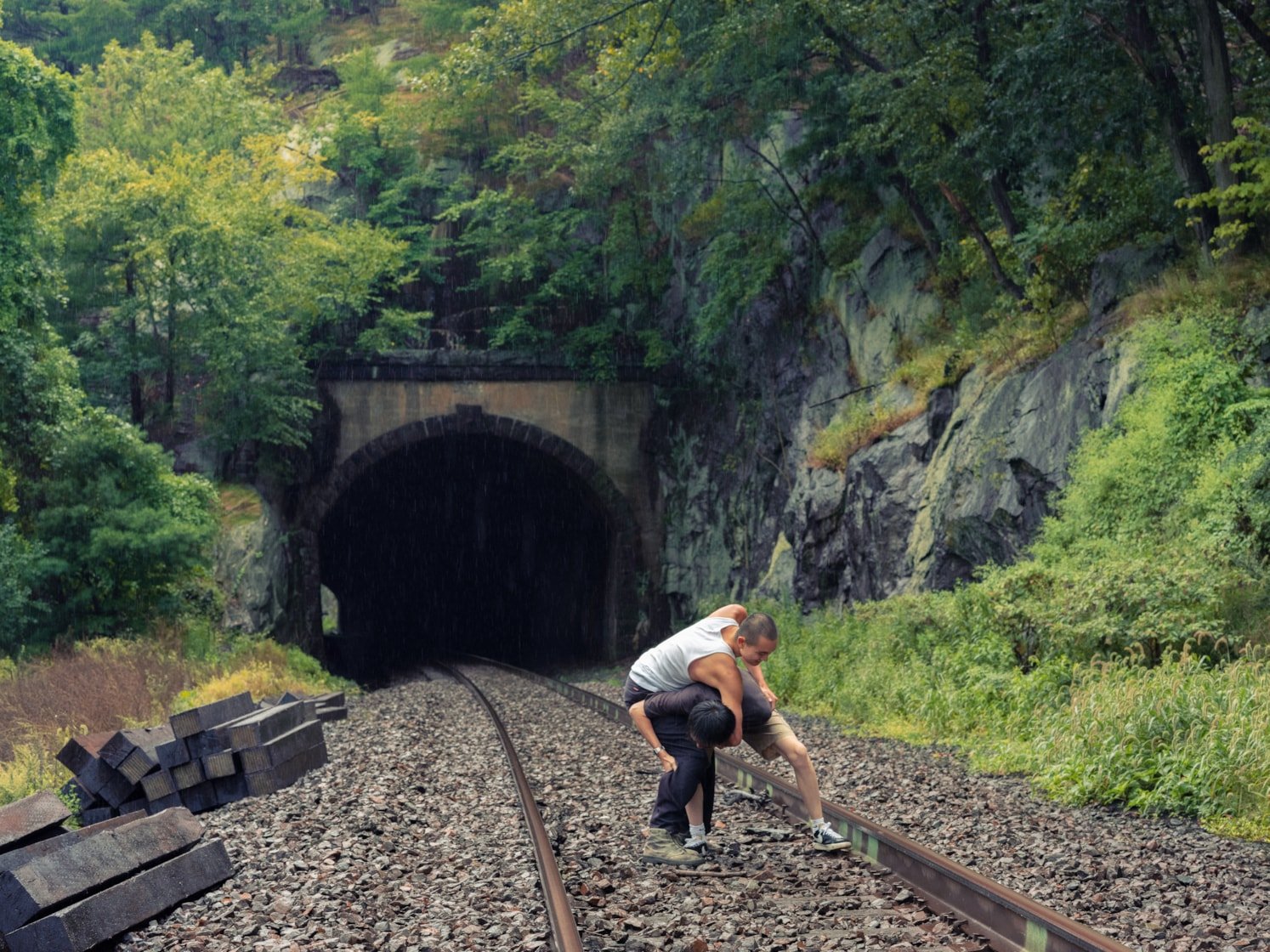
Andrew Kung
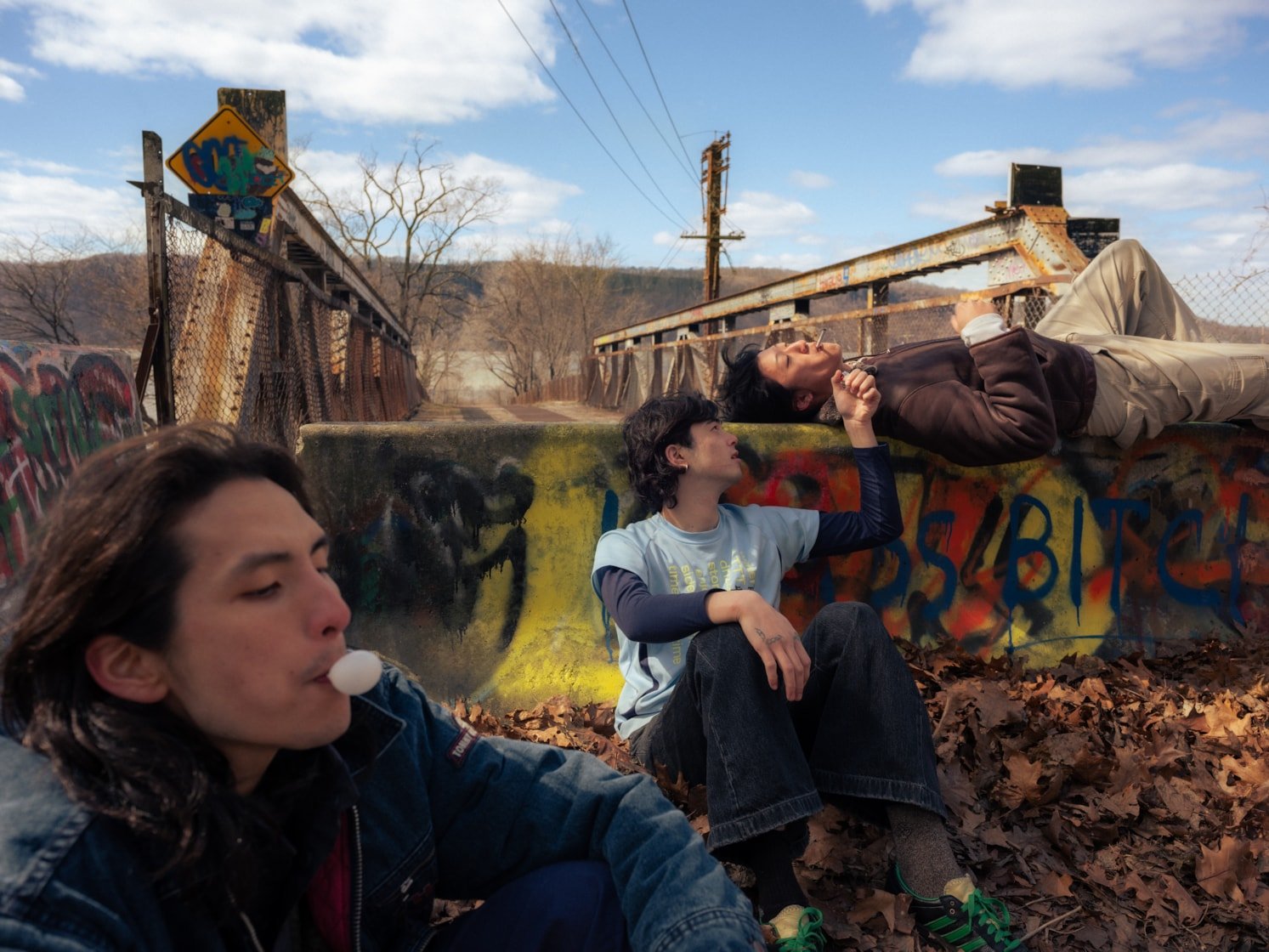
Andrew Kung

Tijani Lawal
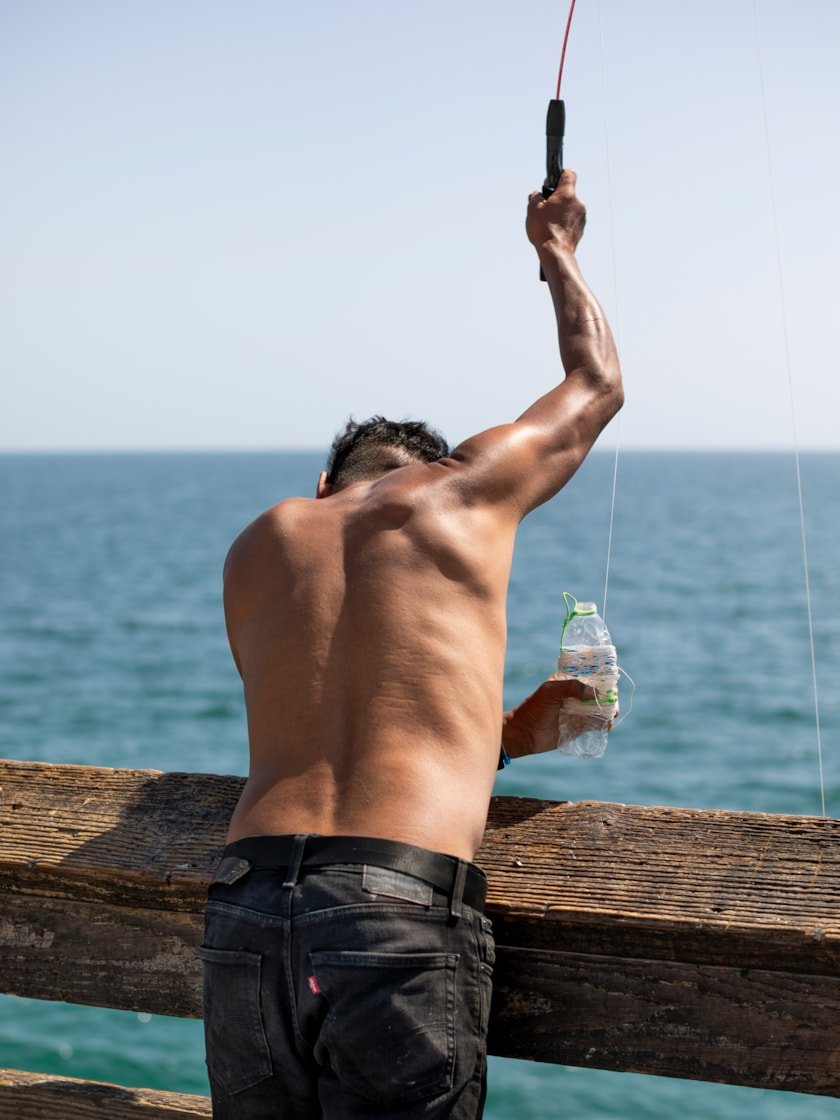
Kim Llerena
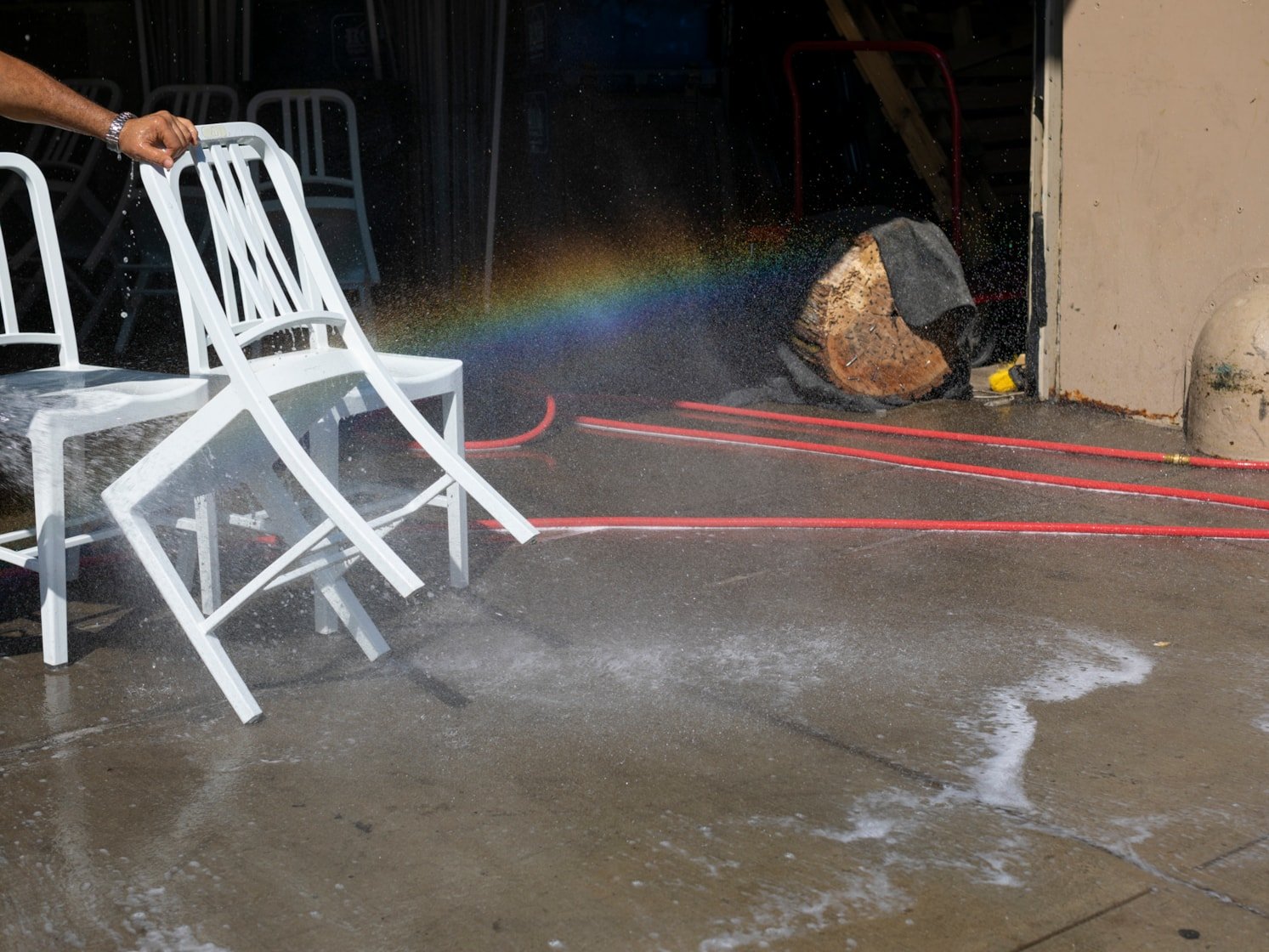
Kim Llerena
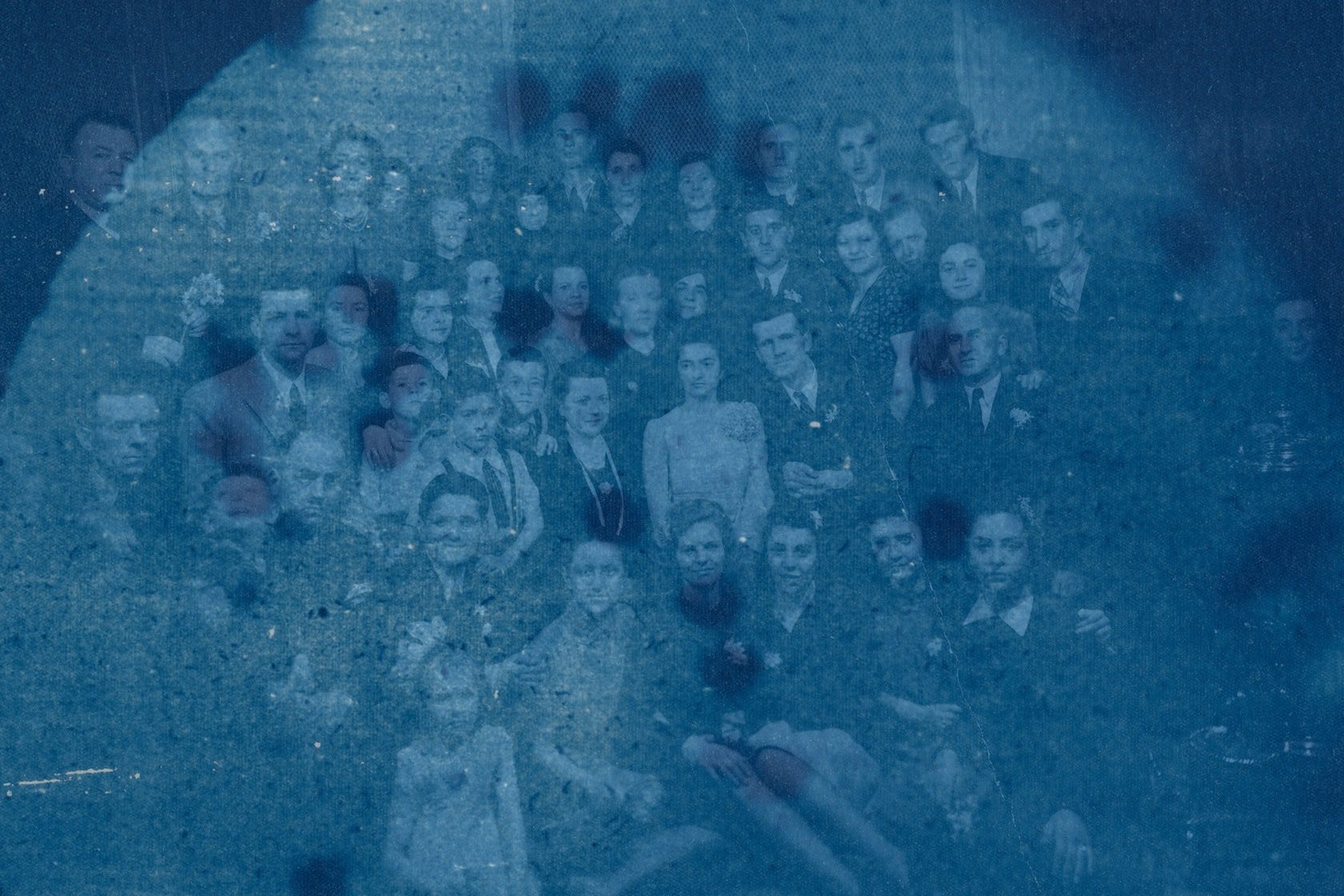
Asli Narin
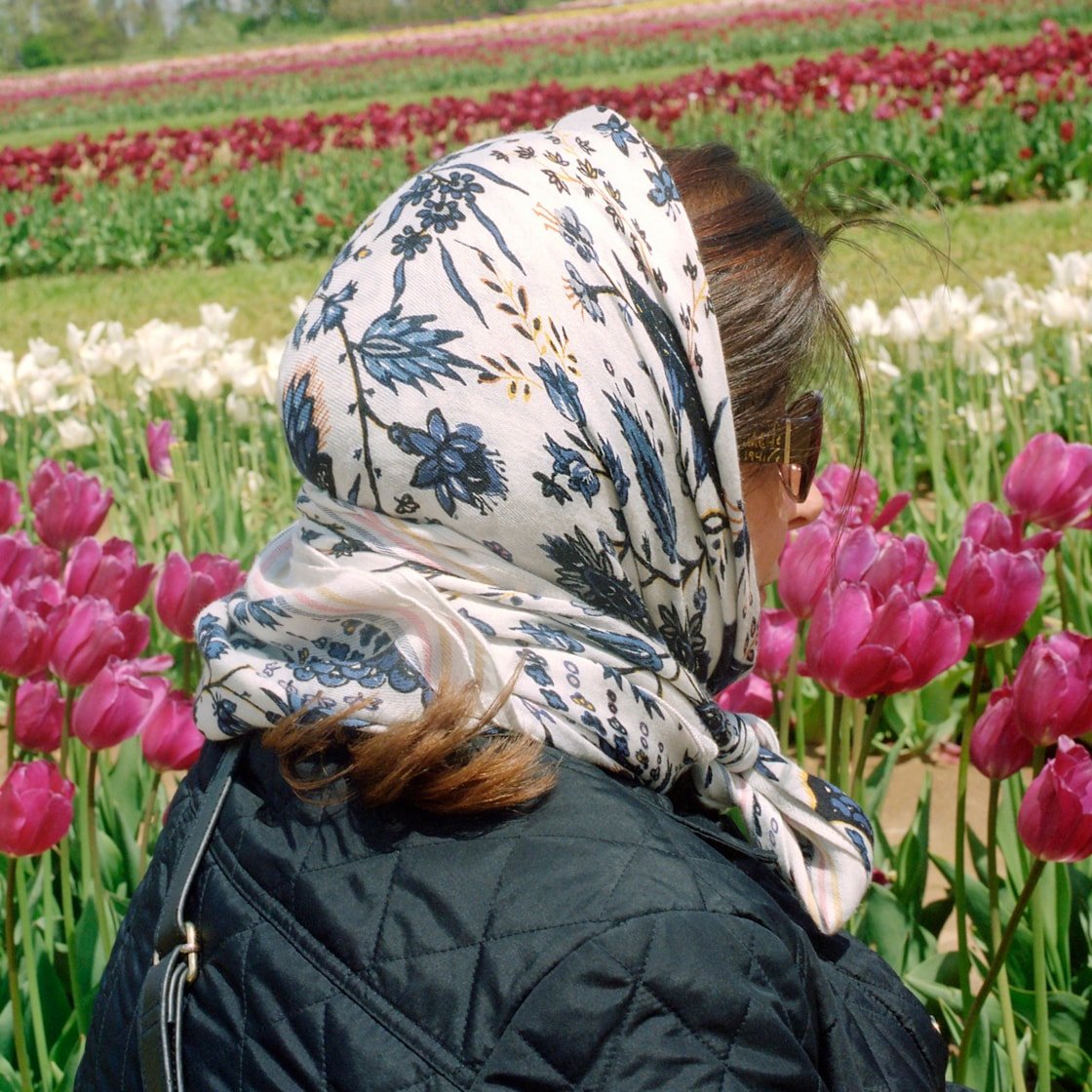
Shaina Nasrin Nyman
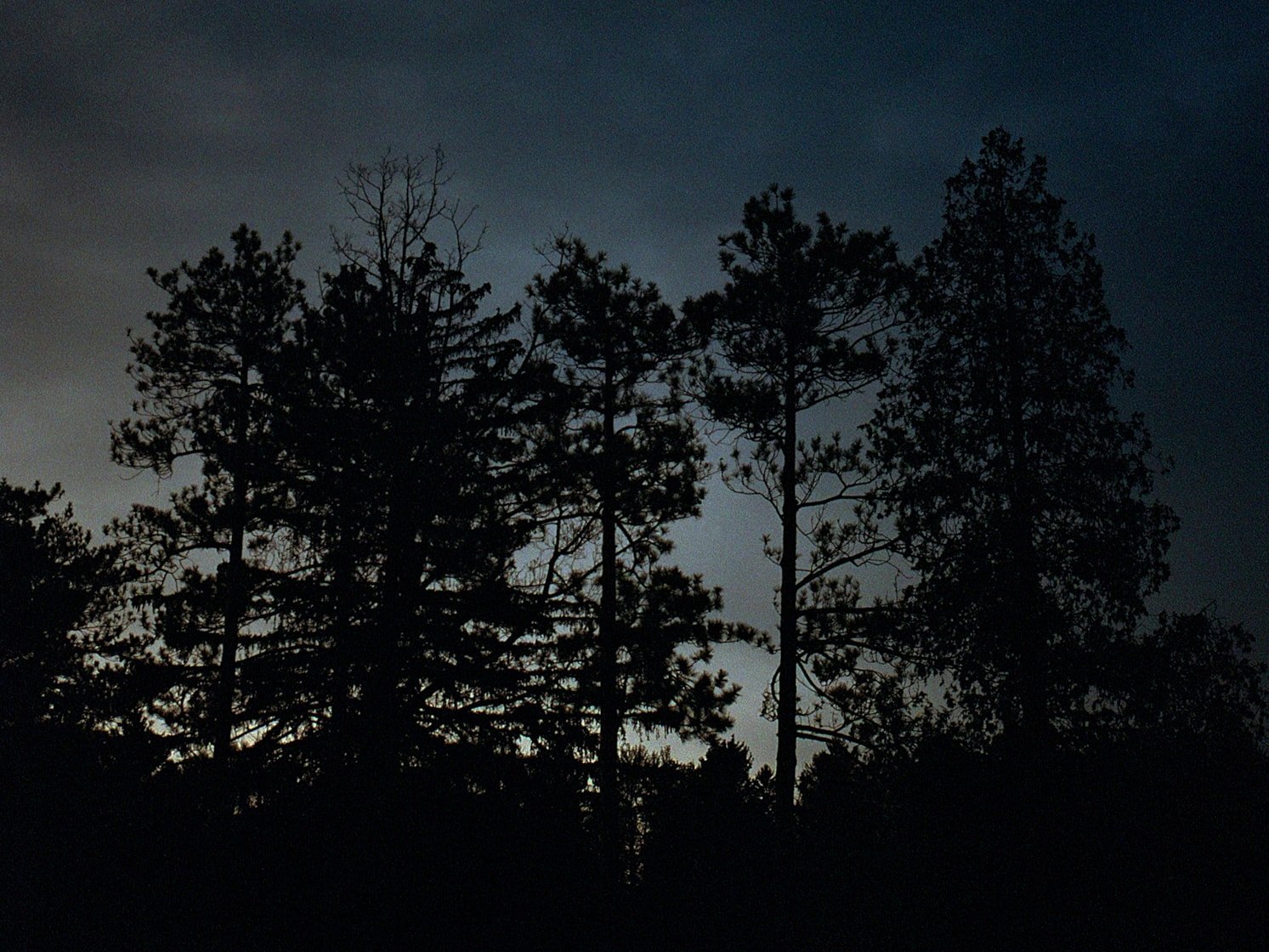
Shaina Nasrin Nyman
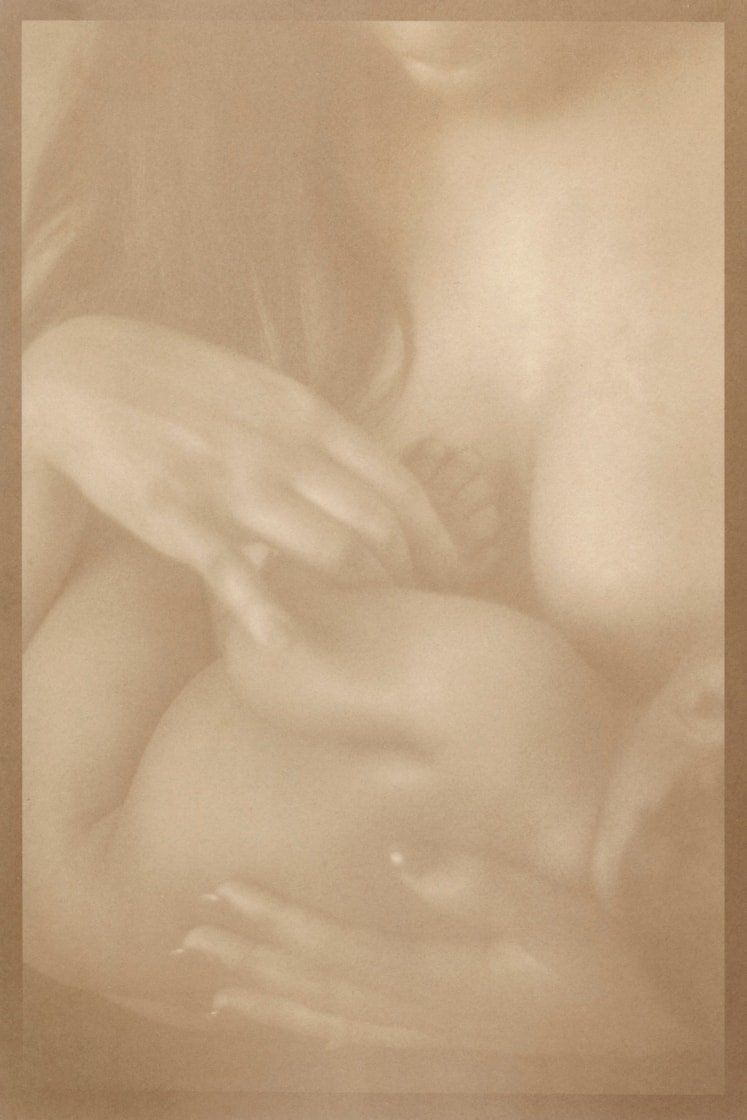
Eleanor Oakes
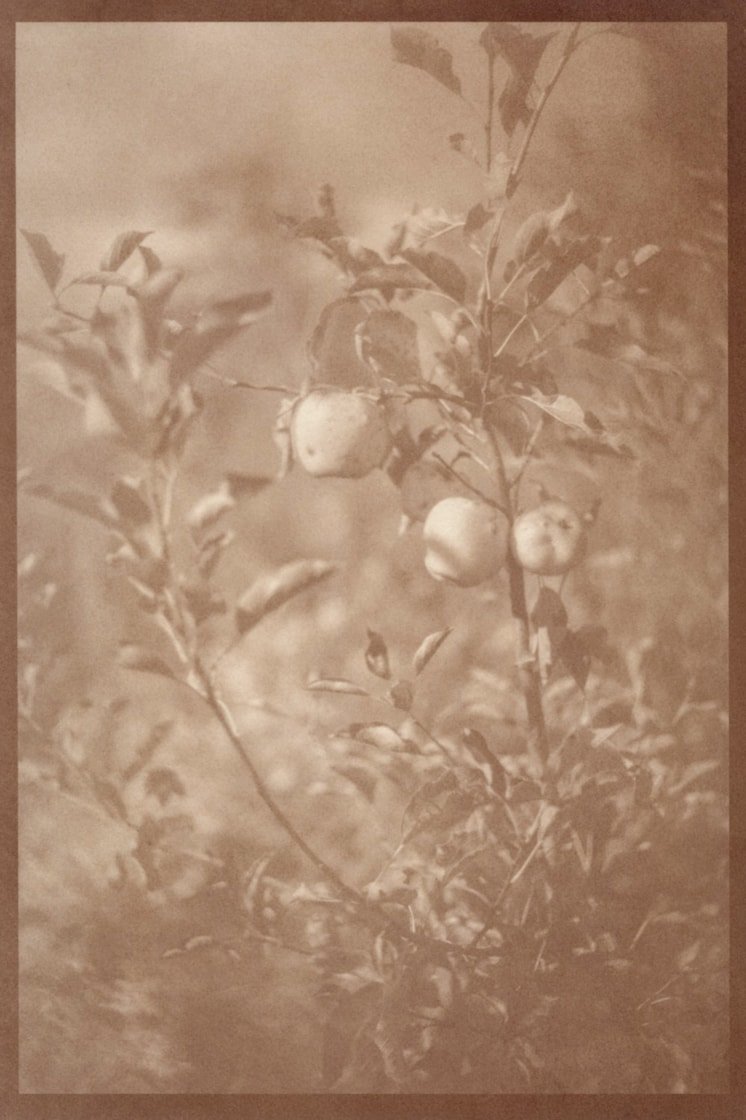
Eleanor Oakes
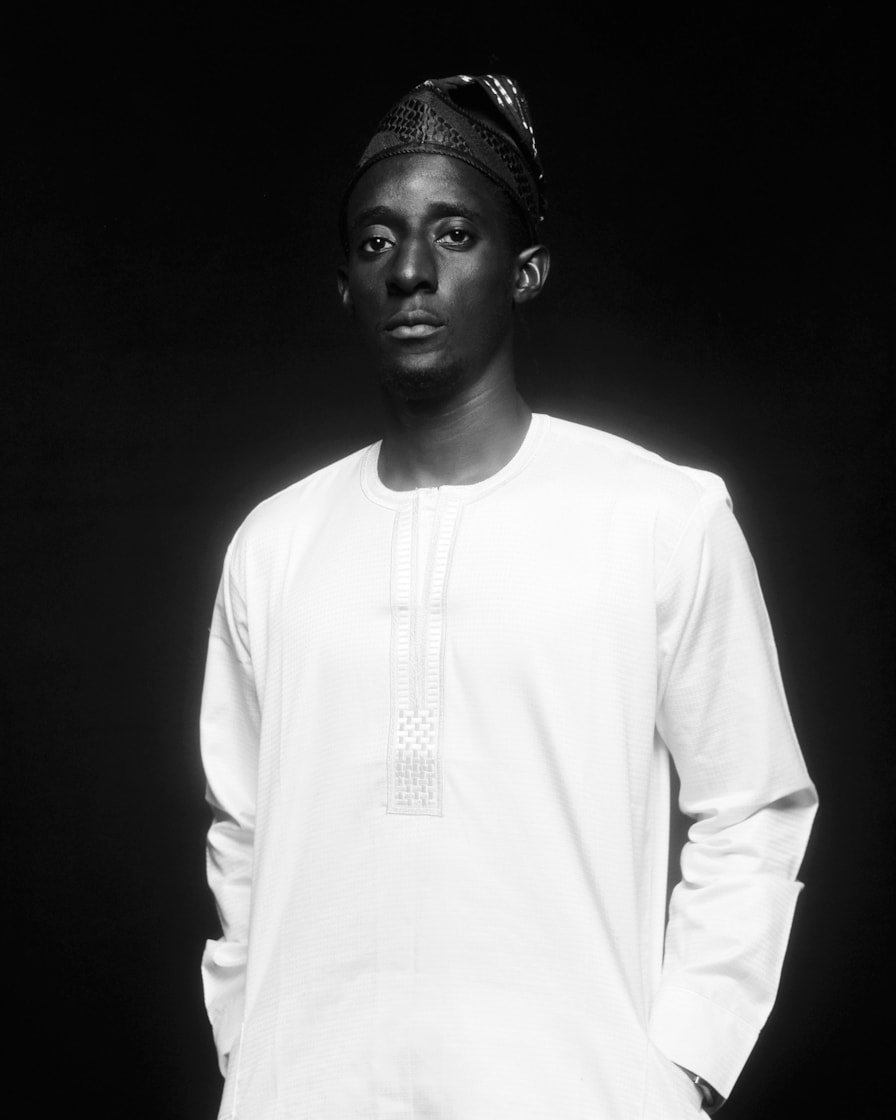
Deji Osinulu
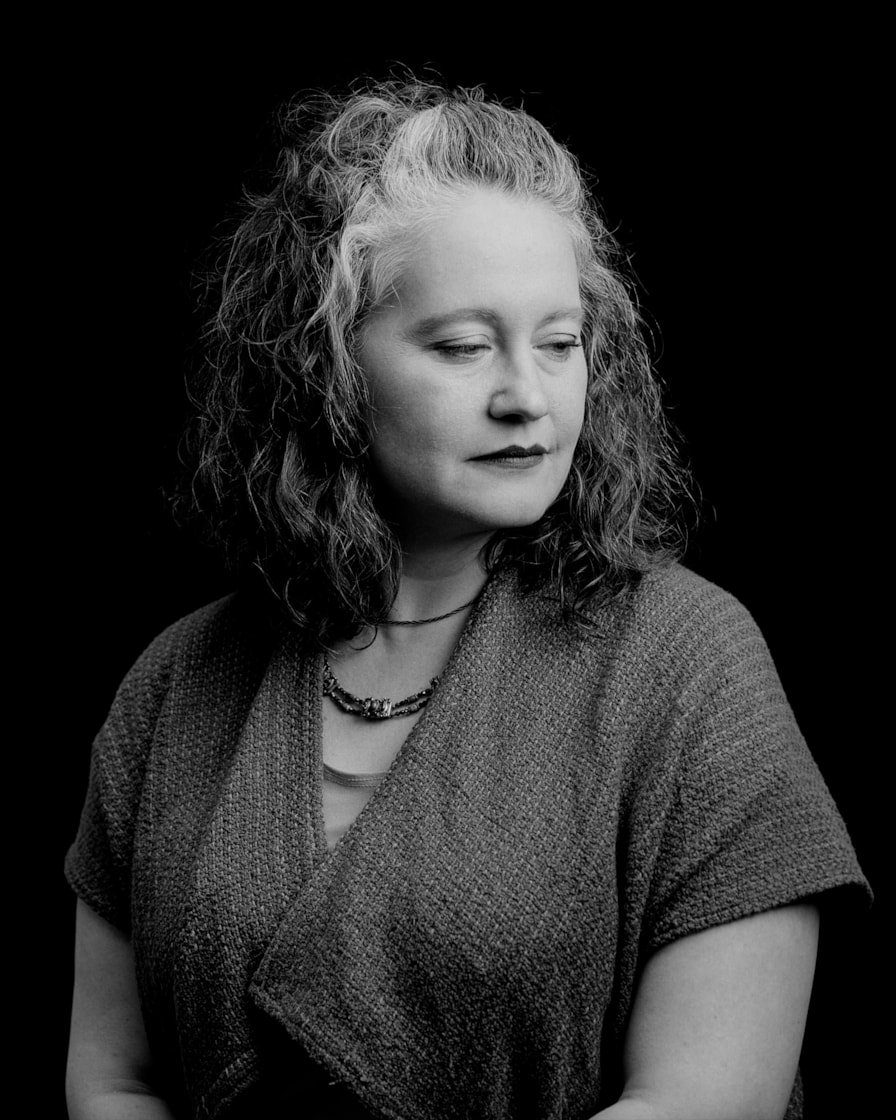
Deji Osinulu
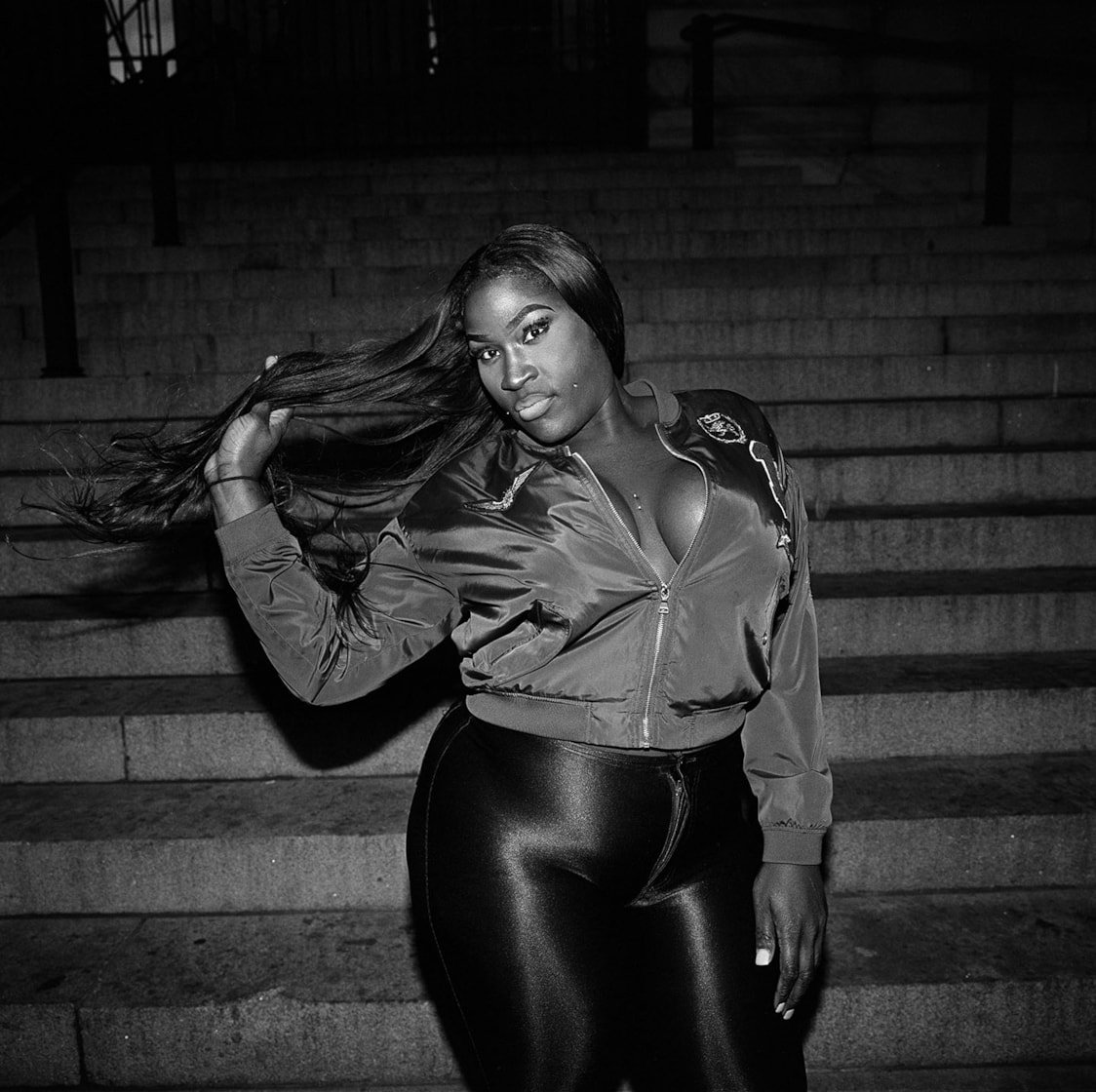
Louie Palu
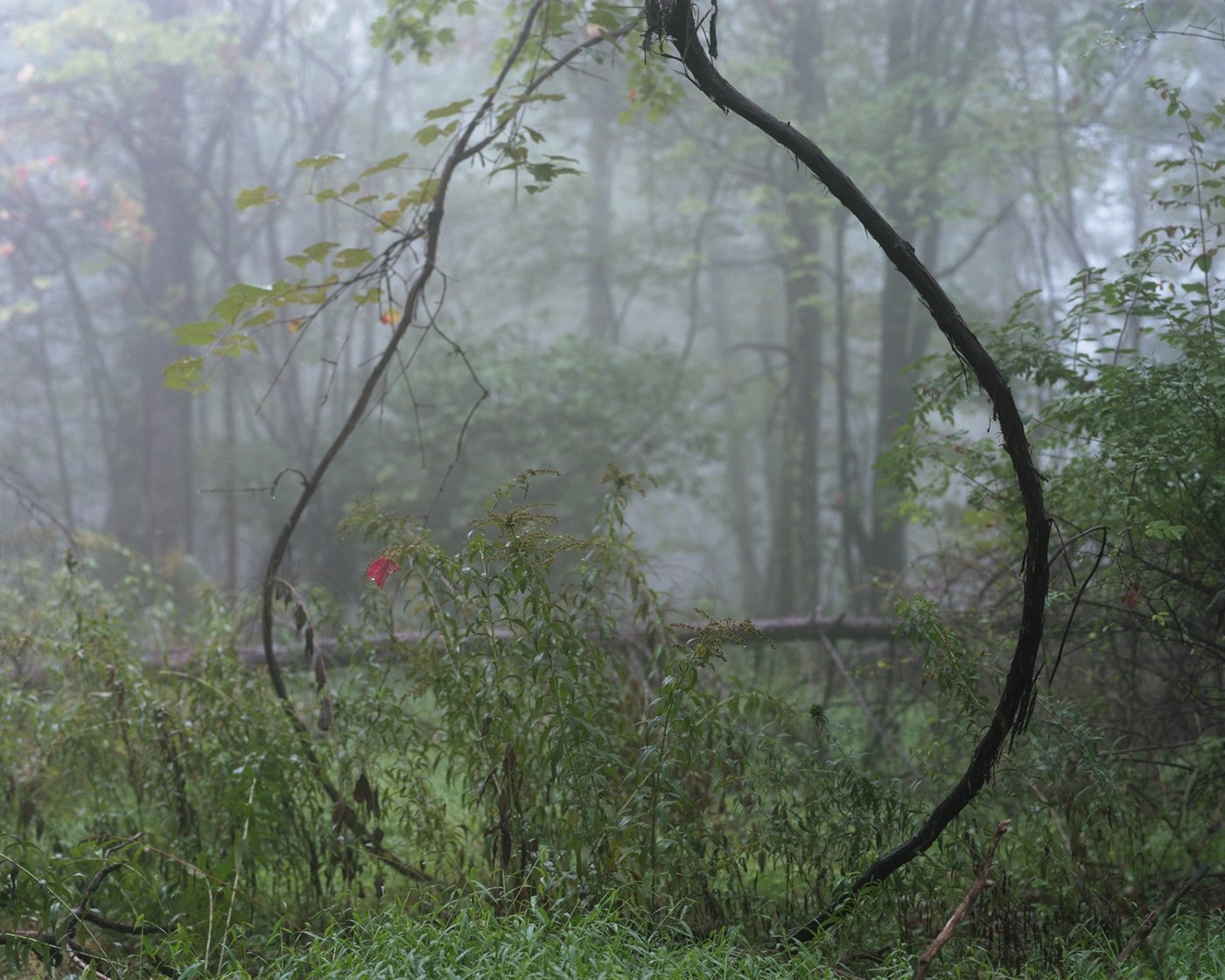
Kellyann Petry
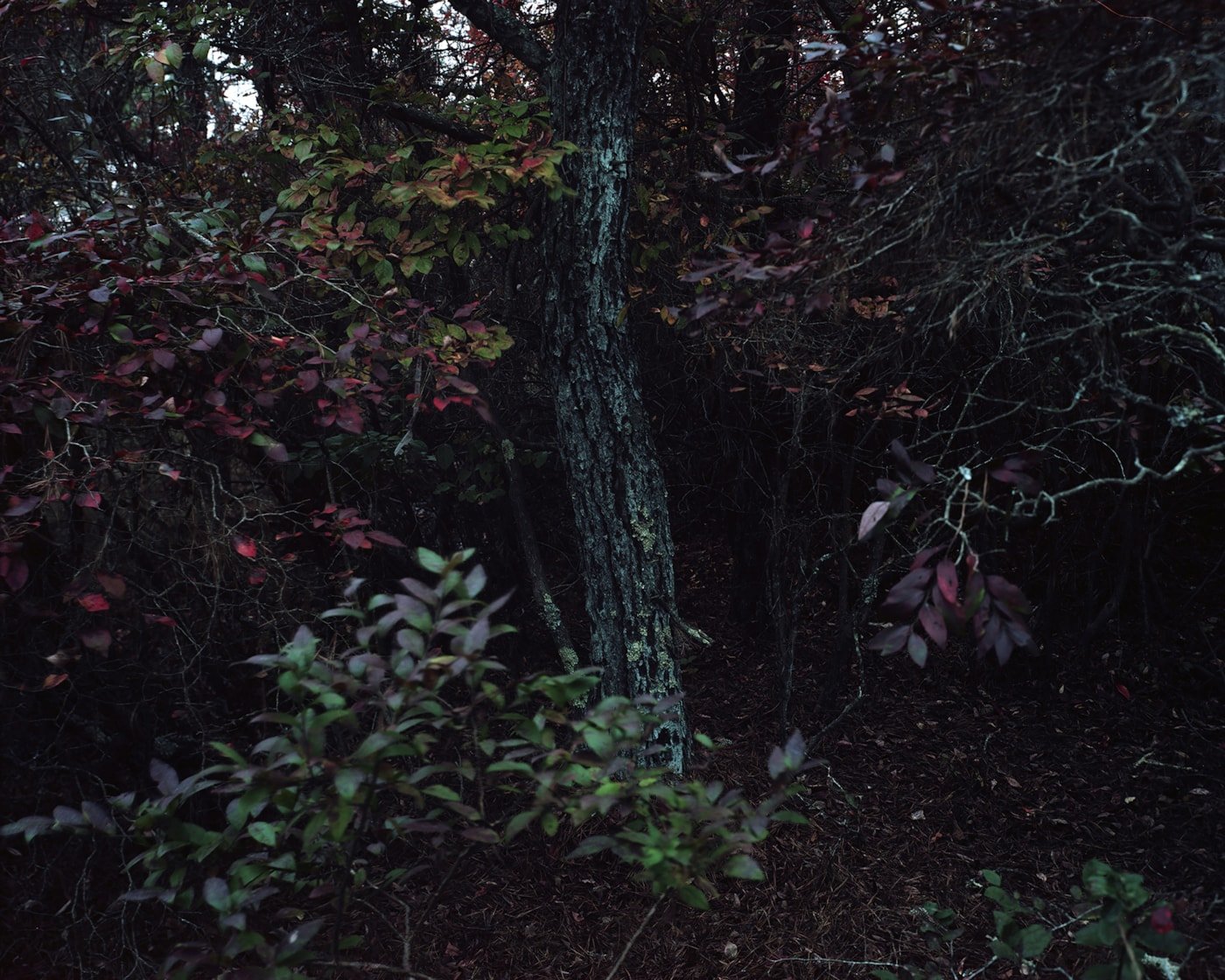
Kellyann Petry
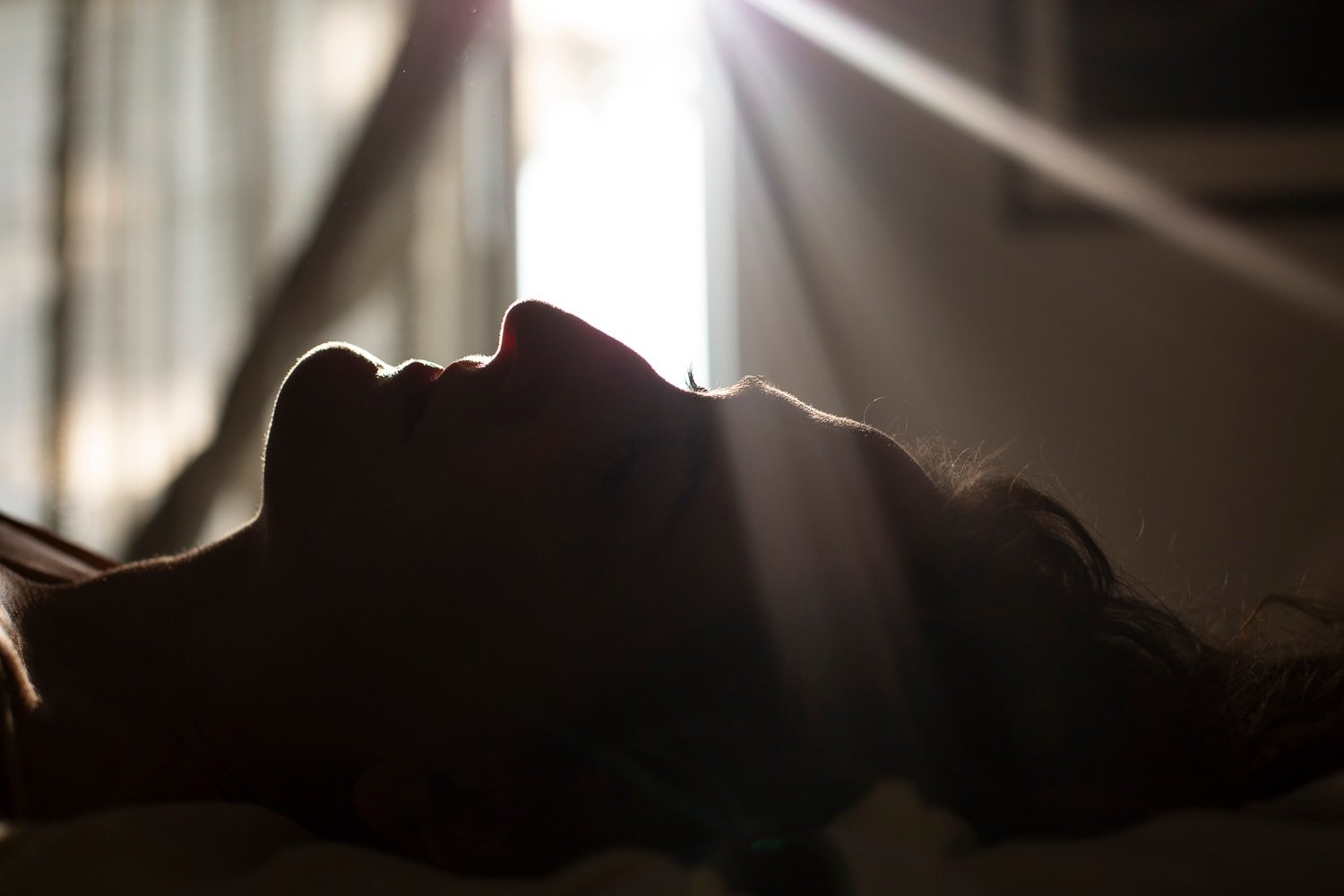
Lauren Pisano
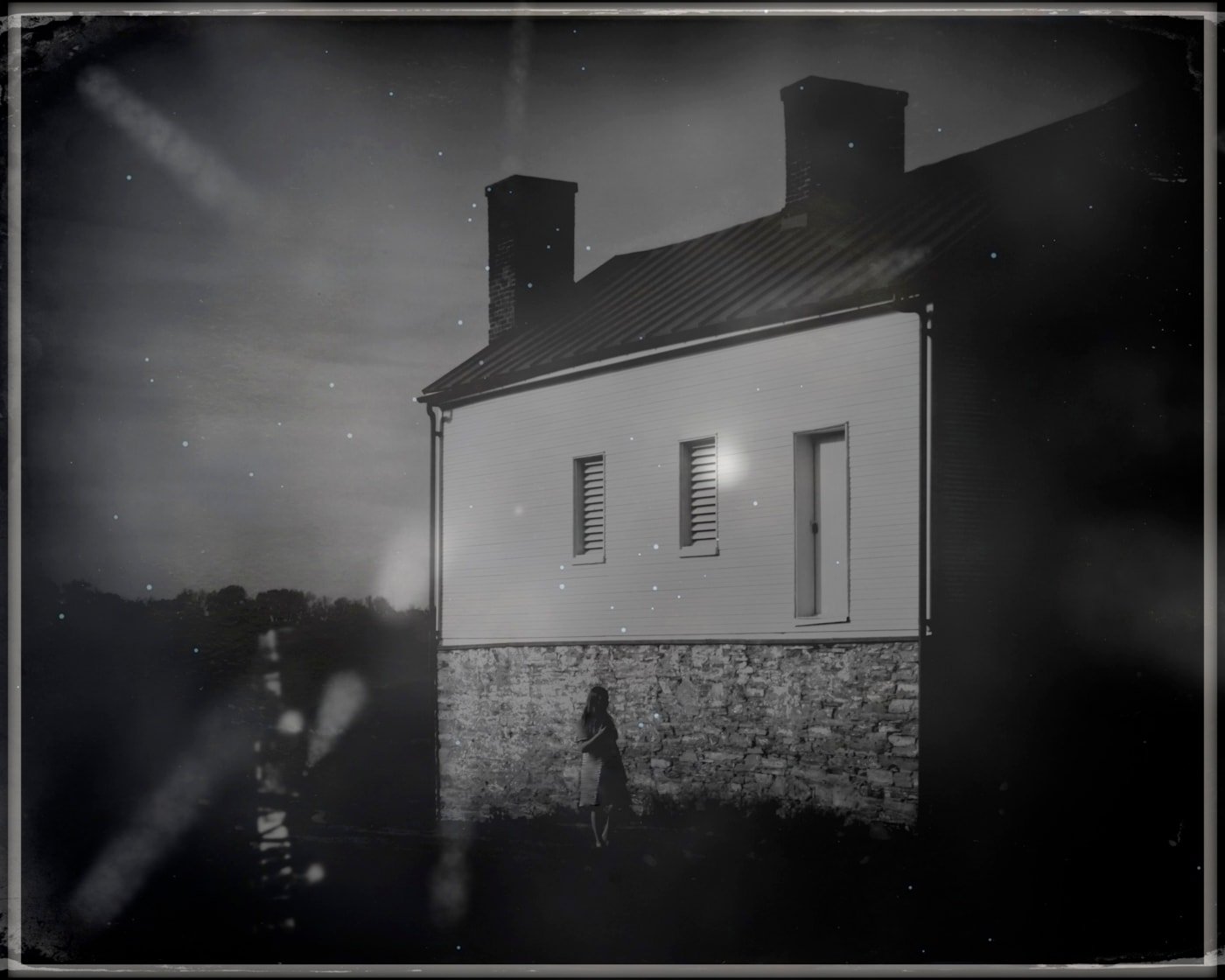
Linda Plaisted

Anna Rotty

Anna Rotty
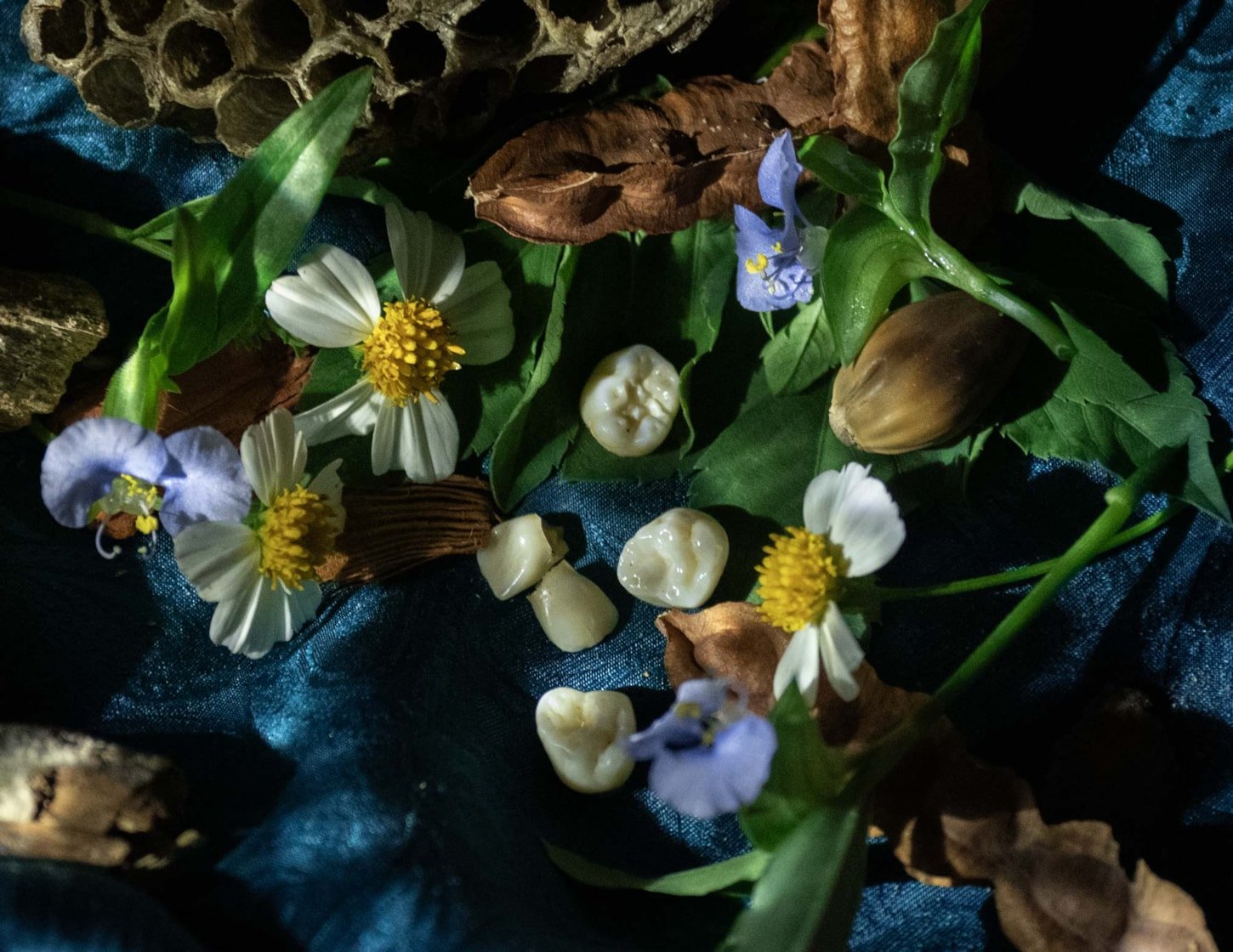
Michelle Schoenberg
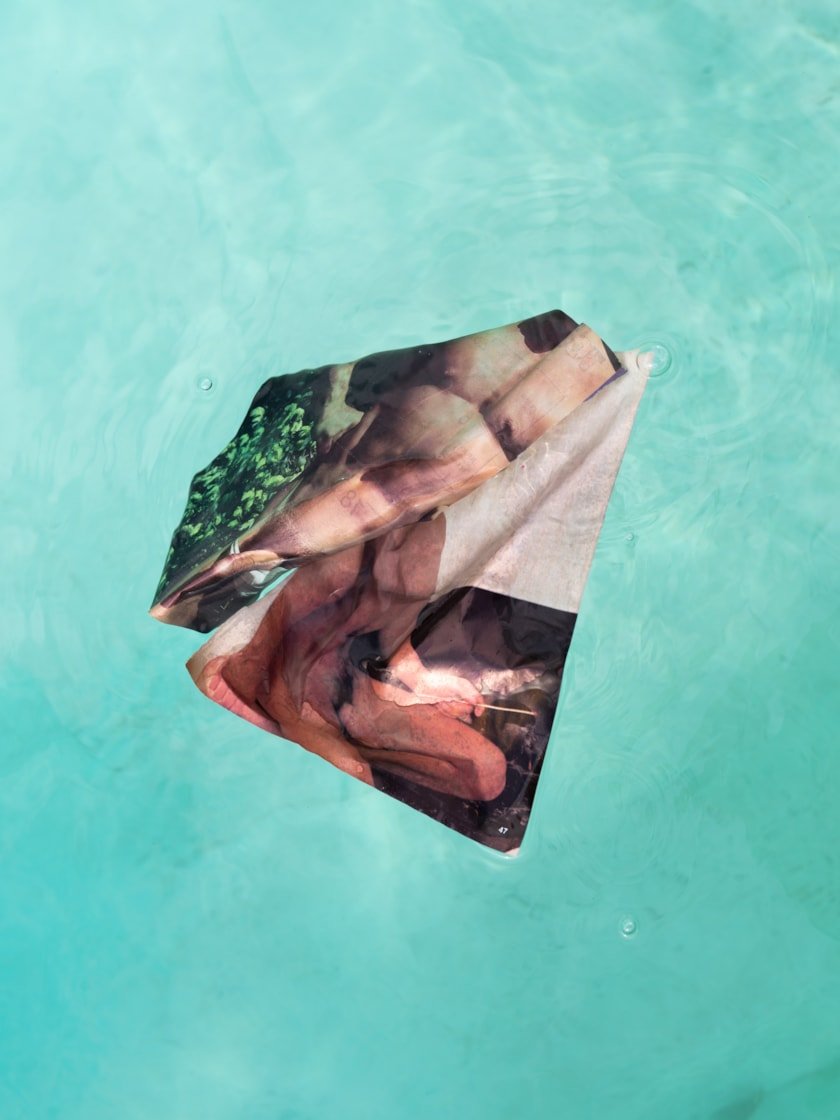
Ben Schonberger
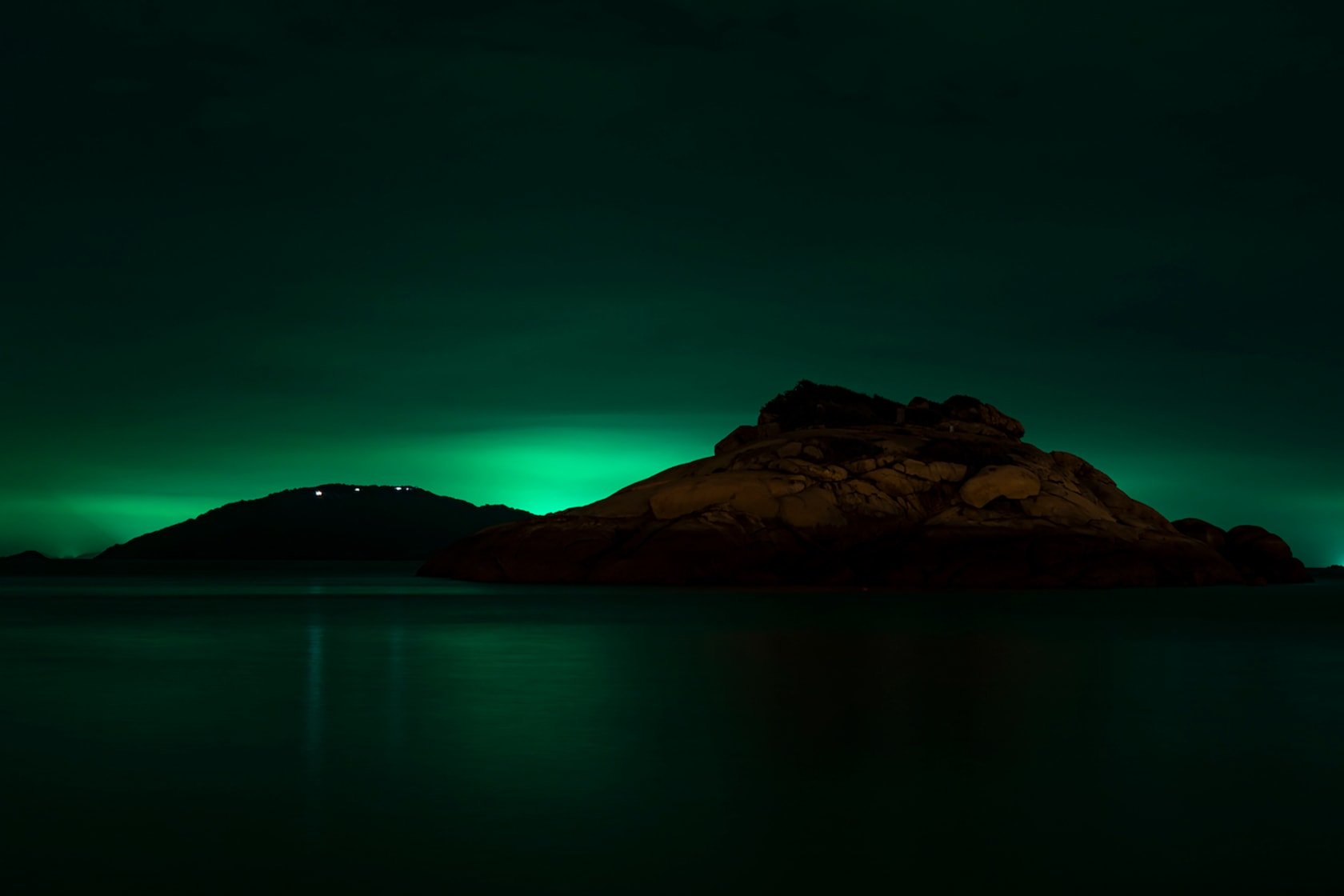
Chang-Ching Su
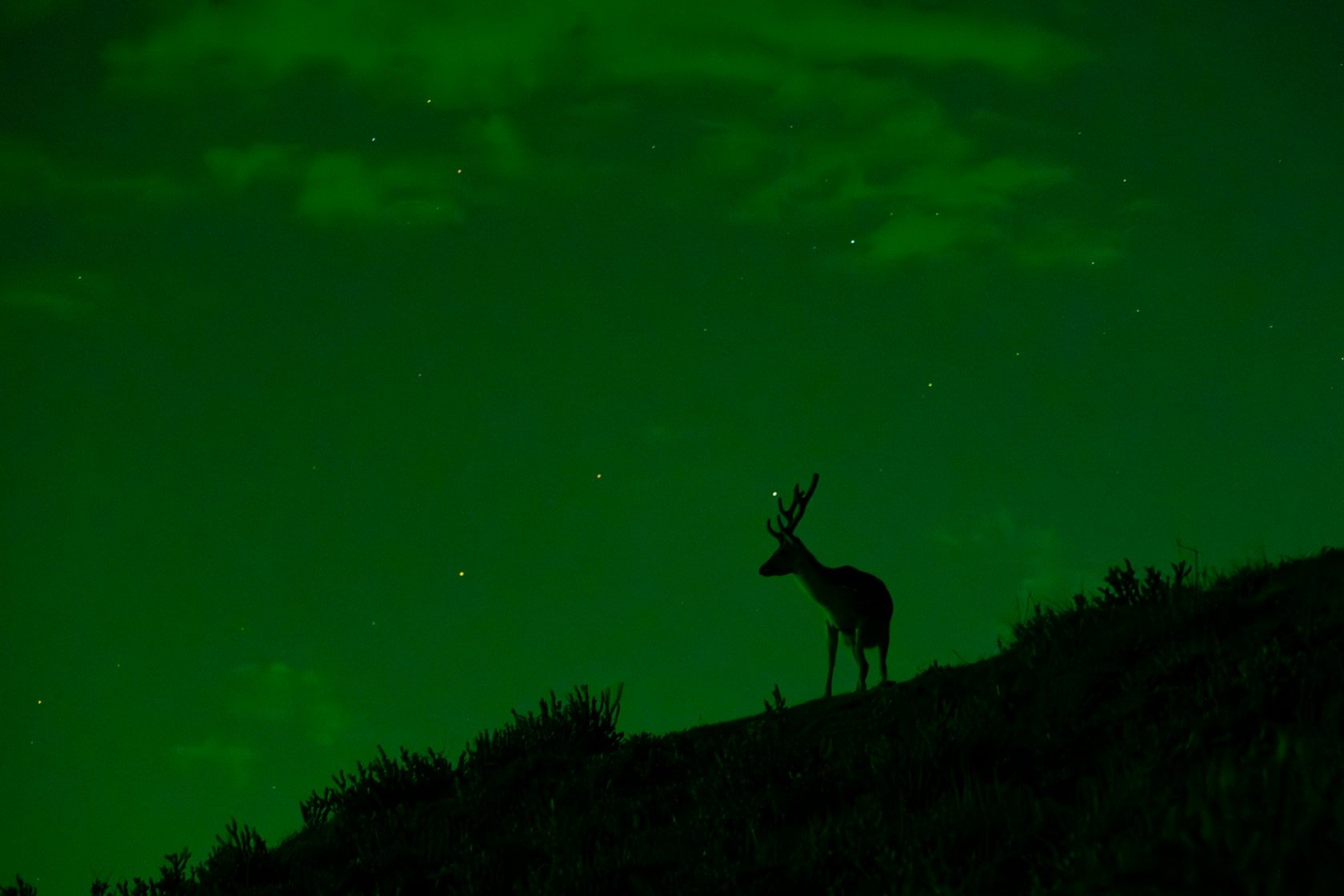
Chang-Ching Su
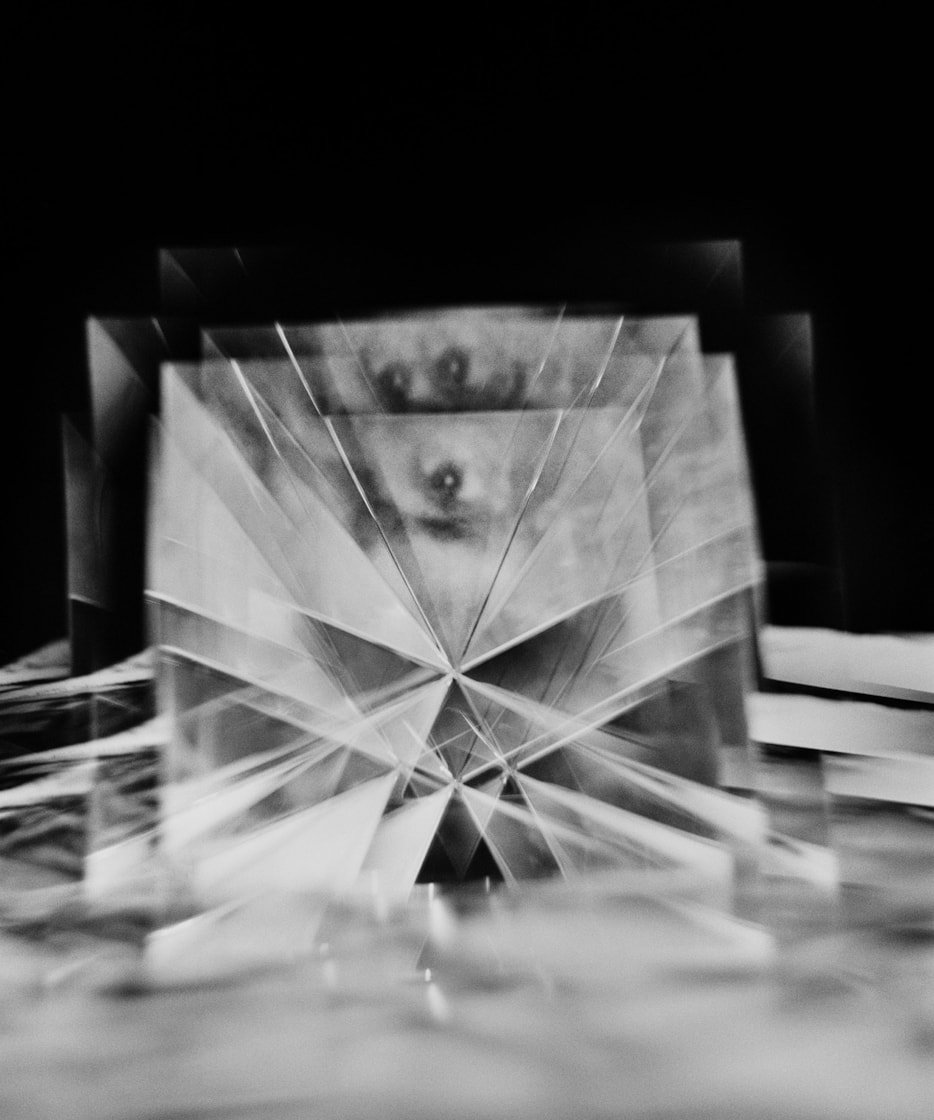
tamara suarez porras
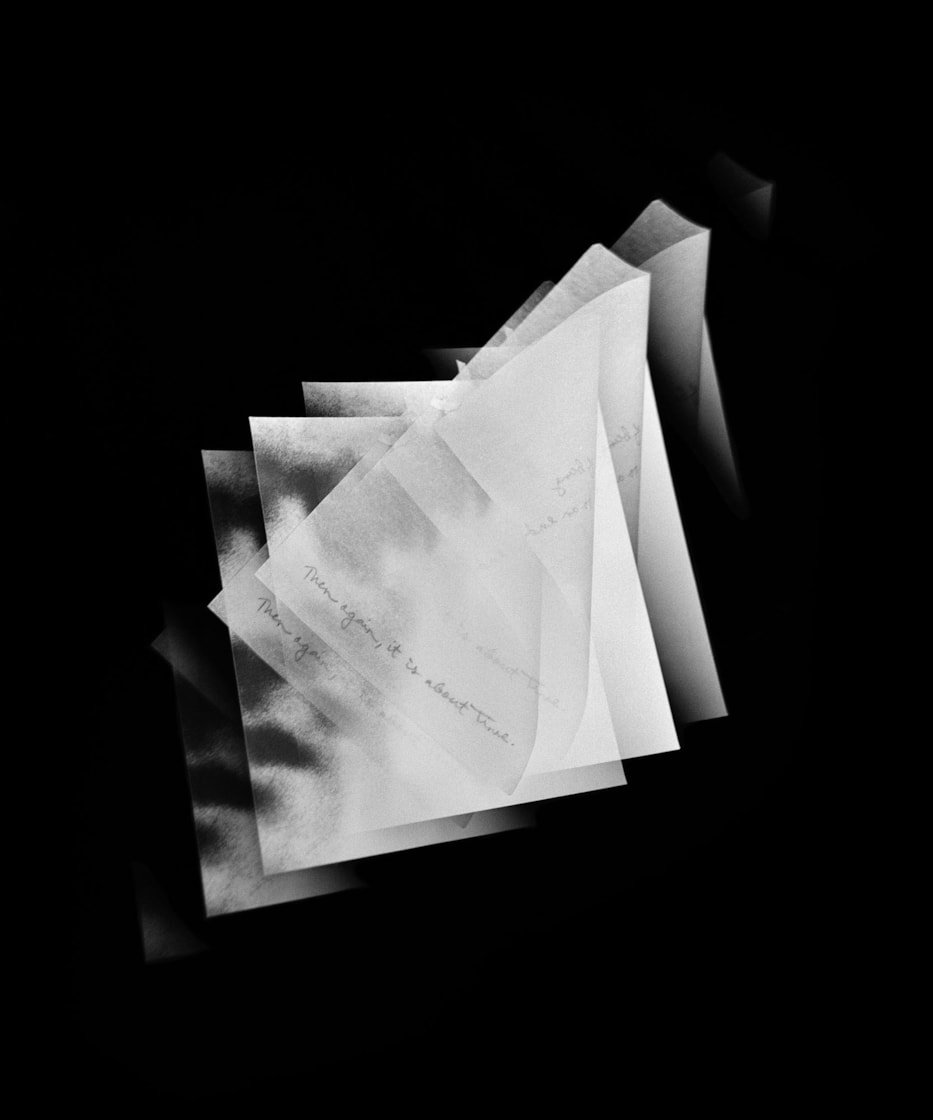
tamara suarez porras

Dean Terasaki
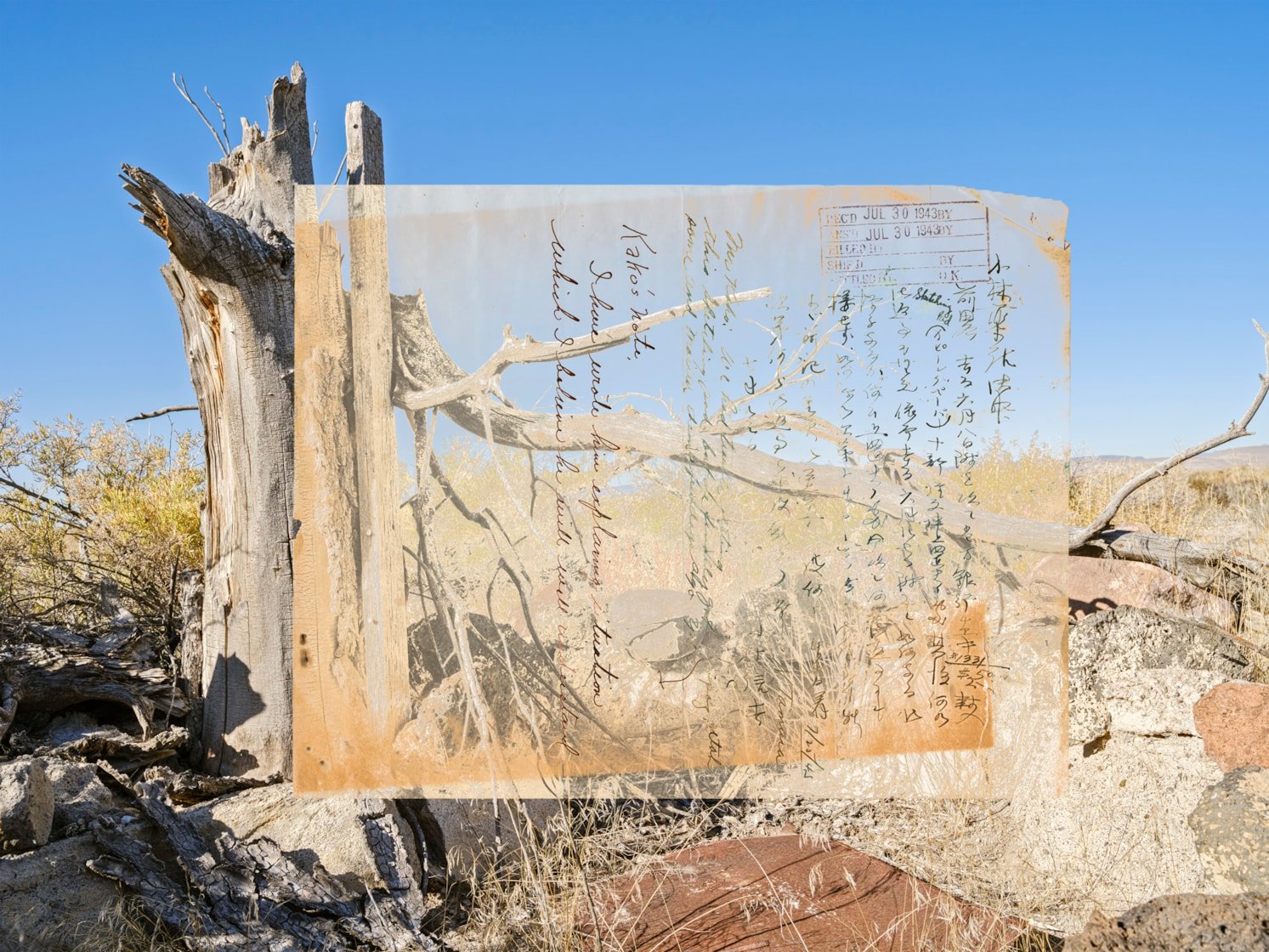
Dean Terasaki
Participating Artists
Christa Blackwood (Brooklyn, NY)
Derrell Boson (Houston, TX)
Stephanie Cuyubamba Kong (Houston, TX)
Leah Edelman-Brier (Shoreview, MN)
Jesse Egner (Brooklyn, NY)
Noe Esquivel (Houston, TX)
Morgan Ford Willingham (Waco, TX)
Juan Glassford (Ciudad de Mexico, MX)
Meg Griffiths (Denton, TX)
Monse Guajardo (Anahuac, MX / Laredo, TX)
Antonio Hurtado (Houston, TX)
Susan Isaacson (Glencoe, IL)
Sam Jentsch (Houston, TX)
Amisha Kashyap (Bedford, MA)
Andrew Kung (Brooklyn, NY)
Tijani Lawal (Houston, TX)
Kim Llerena (Miami, FL)
Asli Narin (Indianapolis, IN)
Shaina Nasrin Nyman (Philadelphia, PA)
Eleanor Oakes (Detroit, MI)**
Deji Osinulu (Houston, TX)
Louie Palu (Washington, DC)
Kellyann Petry (Brooklyn, NY)
Lauren Pisano (Los Angeles, CA)
Linda Plaisted (Frederick, MD)
Anna Rotty (Albuquerque, NM)
Michelle Schoenberg (Houston, TX)
Ben Schonberger (Pittsburgh, PA)
Chang-Ching Su (Chicago, IL)
tamara suarez porras (Oakland, CA)
Dean Terasaki (Phoenix, AZ)**
About the Juror, Leo Hsu
Leo Hsu, is the Executive Director of Silver Eye Center for Photography in Pittsburgh. Silver Eye’s mission is to promote the power of contemporary photography as a fine art by supporting and sharing the work of emerging, mid-career, under-represented and underseen artists. Leo is an editor at Fraction Magazine, wrote and edited for Fraction and Foto8/EI8HT and was a news photographer. He taught in criticism and history of photography and studio at Carnegie Mellon University. He holds a PhD in Anthropology from NYU and a NY State Certificate in Culture and Media.
About The Center Annual
The Center Annual is Houston Center for Photography’s yearly group exhibition that seeks to highlight and provide insight into current themes, technologies, and practices in photography. The show features a diverse array of works from members of our global photography community and is selected by a leading curator, editor, or artist. This annual exhibition opens our galleries to photographers from anywhere in the world, whether emerging, mid-career, or established, and as such, aims to provide viewers with critical insight into our current moment—both within the field of photography and within society at large.
**Each year two artists are selected to receive the Center Annual Award. This year's recipients are Eleanor Oakes and Dean Terasaki.
About the Artists
Christa Blackwood
Christa Blackwood is a photo based artist working with themes related to identity, gender and representation. Blackwood received a Master of Arts from NYU, after receiving a Bachelor’s degree in Classics and Filmmaking from The University of Oklahoma. She has exhibited her work since the early 1990s, most notably at The Bronx Museum of the Arts, The Ogden Museum, The Institute of Fine Arts NYU, San Francisco City Hall and the Contemporary Austin. Blackwood’s work has been featured in many publications, including The New York Times,The Chicago Sun Times, The Village Voice and Art Desk Magazine.
My History/Family of Men For the last 12 years my work has focused on gender, power and how representation is recorded in art and society. Working exclusively with the same male model/collaborators - Sam, Blake, Morgan and Richard, that I began working with in 2013 for the Boys of Collodion series, the models choose selections from a photo library of historical figure studies, often the works of Weston, Stieglitz, White, Newton, Man Ray, Gowen, Gibson, as a source as inspiration/recreation for our photo projects. The images are made with large format film cameras and created in studio and also on location. Our locations sites have included White Sands National Park, Garden of the Gods Park, Red Rock Canyon, Moab, Utah, the Piney Woods of East Texas, Marsha Johnson State Park and the Texas Gulf Coast as substitute for the West Coast Sand Dunes in Oceano, California.
Derrell Boson
D.C. Boson is a Director and Photographer based in Houston, Texas. From directing commercials, music videos, and films to producing original content from short films to photography art galleries. His work is like a voice of African American culture in almost every work he produces. His style can be described as vintage cinema meets modern a modern black voice. His education is from Texas Southern graduating cum latte and has since worked with doing productions for Verizon, RevoltTV, CNN, BET, Motown Records, and many more.
From Vermeer to Caravaggio, Renaissance art has inspired not only future painters but the entire art of photography. The dark and moody portraits of these painters really bring the viewer into everyday life but from a dark and edgy perspective. Through out the project “ Between Here, and The re” we explore 5 portraits that bring black contemporary beauty with old world framing and lighting inspirations. Shot at Proper Studios in Houston, Texas 2024.
Stephanie Cuyubamba Kong
Stephanie Cuyubamba Kong is a Peruvian-American artist, musician, and educator whose work constructs identity through material nostalgia. She is a graduate of the University of Cincinnati with a Bachelor of Fine Arts, now working between Lima and Houston – upcoming exhibitions include On Location and Care (University of Dayton) as part of the 2024 FotoFocus Biennial, and a solo show at Monumental Callao (Lima, PE). She was a recipient of a 2022-23 Fulbright (Lima, Peru) and since returning to the U.S. has moved to Houston, Texas, where she is pursuing a Masters in Fine Arts at the University of Houston.
In my work, I mine my own representation of place, culture, self, and history through the ideas of burials and material nostalgia. Emerging from interests in material culture that reveal ritual or cultural values practiced to us, my practice wrestles with my concurrent existences Peruvian-Limeña interloper wanting to belong, self as a postcolonial subject, as well as agent of a contemporary colonial project (the U.S.) I become a simultaneous subject, anthropologist, and myth-maker. My approximation to Lima as a site laden with colonial pastiche and built over huaca ruins is, and remains even after my experience living there, that of an outsider, a perpetual interloper as a result of the diasporic tides shape my existence. In this approximation, I implicate myself in my own critique of contemporary Lima’s reliance on tourist economy, a relationship which destabilizes the authenticity of cultural narratives, aesthetics, and makes suspect the motives of national interest in preservation and cultural patrimony. By embodying pre-columbian and colonial pasts, I also implicate myself in the problematics of representation. Lastly, I consider the camera as a tool with colonial history, and in response, wield it either both as witness and with care; towards identity, performance, and post-colonial futures.
Leah Edelman-Brier
Leah Edelman-Brier is a visual artist. She received her B.F.A. from Rhode Island College and holds a M.F.A. in Art Photography from Syracuse University. As an artist she is interested in the female body. She creates images heavy in metaphor and simile. She aims to disrupt beauty ideals by using themes of desire, fertility, family, and metamorphosis to question the female experience throughout her work. Her work has been exhibited nationwide and featured on multiple photo blogs across the internet. Leah was born and raised in Providence, RI.
She is currently living and working in Saint Paul, MN.
‘Body Becoming’ intensifies the space between generations. It aims to construct beauty out of what appears outwardly grotesque, questioning the resilience of the female body and the mother-daughter relationship. The attributes are set in flesh and blood. On one side, the series embraces the mother and explores her abjection. It teases out the ugly and creates a subjectivity that humanizes the decay of aging. On the other side, it explores the daughter and her possession of desire and the tenderness of youth. ‘Body Becoming’ reveals the similarities in shape and size that the related human bodies take on. Working against such genetics is like waging a war on nature. The daughter fears what time has done to the mother, she fears the weight of flesh, the pull of gravity, the uncertainty of health; the child fears becoming their parent. Witnessing this fluctuation of becoming and unbecoming within the work is like watching a fruit ripen past the point of consumption. The series pushes normative perceptions of fertility, abject, illness, aging, and the presentation of feminine beauty to a place where those lines are blurred – where we fear becoming our mothers but the decay is just as beautiful as youth.
Jesse Egner
Jesse Egner is an artist and educator in Brooklyn, NY. His portraits of himself and others explore queerness, body image, collaboration, humor, and play. He received his BA from Millersville University in 2016 and MFA from Parsons School of Design in 2020. His work has been exhibited and published globally and is included in the collection at the Kiyosato Museum of Photographic Arts. He is a 2022 NYSCA/NYFA Artist Fellow and has participated in residencies at the Santa Fe Art Institute (Santa Fe, NM), Bunnell Street Arts Center (Homer, AK), Studio Vortex (Arles, France), and Yaddo (Saratoga Springs, NY).
“No Femmes. No Fats”—When I started making profiles on gay dating apps as a teenager, I saw this phrase frequently, branding me and my body as unwelcome in my own community. Navigating the gay dating scene while having a fat body ignited an internal conflict between my body and my queerness. “Unaffixed” emerged from this struggle, initially as self-portraiture—which felt almost self-destructive due to years of body shaming. However, I was captivated by the exploration of non-normative queerness through absurdity, humor, and play. I eventually shifted the focus to other queer individuals, with me occasionally stepping into the frame. The images stem from this collaboration. I rarely arrive with a concrete idea of what the photographs will be. Instead, we work together in the moment of the shoot, often within a familiar space such as their home, primarily using elements from their environment. My photographs exist in a realm of ambiguity, between reality and fantasy. They are not complete definitions, but rather fluid reflections of the transitional space of queerness. Spontaneity, collaboration, intimacy, play, humor, and absurdity all permeate throughout the series, echoing the boundless dynamism of non-normative queer existence.
Noe Esquivel
Born in Houston, Texas (U.S.A.) in 2002, Noe Esquivel is an Artist, Photographer & Free-Thinker. Since a child, Noe has always had an affinity for Photography. When he received his first camera (2016), gifted to him by family members, he was instantly mesmerized & has been a student of photography ever since. It was in a photojournalism High School class where Esquivel first encountered the name “Henri Cartier-Bresson” and his famous quote “Your first 10,000 photographs are your worst.” From this quote, a wealth of Inspiration washed over Esquivel, inevitably leading him down the path of Artistry & Self-Discovery. Today, Noe is determined to carve his own identity into the field of photography, fueled by relentless hunger and a deep desire for mastery.
Photography serves as both my refuge and exploration, a powerful medium through which I delve into the intricacies of human experience while confronting my own inner turmoil. My upbringing, characterized by continual movement and adaptation, has imbued me with a profound appreciation for the transient nature of life, enabling me to capture its fleeting moments with sensitivity and insight. This artistic resolve transcends mere visual representation—it's a therapeutic process that allows me to reflect on our shared humanity, offering perspectives that provoke thought, evoke emotion, and galvanize the spirit.
I strive to merge contemporary and traditional rationales, offering solace through relatable imagery. Emotionally driven scenes blend contemporary eclecticism with traditional film photography. Each photograph I create is not just an image but a narrative carefully woven with threads of candor. These narratives invite viewers to uncover the profound stories embedded in the seemingly inconsequential aspects of everyday living, highlighting the beauty and constant singularity between all facets of experience.
As I continue my journey, capturing these ephemeral moments, I remain both a storyteller and a fervent student of life. I am committed to learning from each experience and sharing the timeless truths that emerge, enriching the tapestry of human understanding through the art of photography.
Morgan Ford Willingham
Morgan Ford Willingham is a photographic artist and educator. She received an MFA in photography with a minor intermedia from Texas Woman’s University. Morgan has pursued passions in academia and art making for the past 15 years. Her work explores pop culture, advertising, and societal norms to better understand the influence on women’s identity and self-image, using various mediums, including photography, mixed-media, book arts, and installation. Her work has been widely exhibited, including Humble Arts Gallery in NYC, Filter Photo in Chicago, and Manifest Gallery in Cincinnati, OH. She is currently Assistant Professor of Photography at Baylor University in Texas.
My investigation of motherhood considers the identity of parent and child and whether nature versus nurture is influential. As a young woman growing up in the South, I rejected the culturally implied stereotypes of the ideal mother and woman, which often were the same. As an adult and a mother, I find myself electing to personify characteristics of these previously rebuked stereotypes and pondering whether history is on loop. The images in this series individually and collectively allude to the roles of mother and daughter, the historical and cultural influences that shape the identities of each, and the art historical context of motherhood, femininity, and women’s identity. These depictions attest to selfhood, uncertainty, and parallels that are threaded between the ascendant and descendant. The innate bond and the distinct identities are ever evolving, with depictions alternating between the observer and the observed, as the child matures into a fully realized sense of self. Extending past the snapshot, these images record the growth of the individual and the deepening intimate connection within the familial unit.
Juan Glassford
Juan Glassford (Mexico City, 1998) is a Mexican-American documentary photographer specializing in documenting border issues, identity, silence, and human rights. Graduated from Bard College (New York) with a dual BFA degree in Human Rights and Photography. He received the 2019 Director's Fellowship at the International Center for Photography (ICP) for Documentary Storytelling. In addition, he has received portfolio reviews with Magnum Learn (Magnum Photos) as well as participated in the 2023 VII Academy's (VII Photo) Photojournalism and Documentary Storytelling Seminar. Glassford received the 2024 Mary Ellen Mark award through Alex Webb (Magnum Photos), Virginia Wolff (Aperture), and La Luz Workshop.
Black and white series of every-day life in the rural United States. This body of work explores the mysticism behind certain symbols of American culture, through an approach that is reminiscent of 'on the road' photography similar in style to early classic documentary works. These symbols include religion, the aesthetic of the pick-up truck, guns, and the idea of space. The images serve the purpose of recognizing beauty and power in scenes of every-day life in the working-class demographic, where sentiments of solitude and sorrow have been growing. While sometimes uneasy, these images represent an important aspect of life in America outside of the large cities and metropolitan areas. As someone who was not born in the United States, my work represents the symbols and identities which seem to be rapidly fading away from the contemporary American way of life; and while perhaps these symbols were once widely recognized, they may soon become visible in the rear mirror of modern American identity and culture.
Meg Griffiths
The wide arc of her work grapples with the various modes of domestic, cultural, and political engagement that structure female experience in the United States. Each project she creates, whether individual or collaborative, focused on the personal or the collective, are at heart about the intrinsic connection between self and other, between interiority and positionality, as much as kinship and community. Her works are placed in collections such as Center for Creative Photography, Capital One, the Museum of Fine Arts Houston, Metropolitan Museum of Art, Yale University Library, Museum of Modern Art, and The Getty Research Institute.
Making pictures is my way of processing the intimacy of my lived experience while simultaneously trying to learn and understand more about the world that we’ve all been given. Somewhere within and without, deconstructs the ways I engage with memory, perception and time. Harnessing light and material, I carefully construct quiet still lives and purposefully place installation pieces together to subtly direct the gaze both inward and then out again. These images are a synthesis of my internal and external encounters. Everyday household objects are gathered and arranged, briefly grounding the self in the familiar and the domestic. In tandem, an alchemy occurs and materials become untethered from convention and association, creating space for new meanings within meanings. The remnants reveal the delicacy and uncertainty of events that make up my one precious life and allude to larger more existential inquiries. Like poems, these artifacts and moments distill into crystalline forms, elegantly fixed, completely fragile, ephemeral.
Monse Guajardo
Monse Guajardo is a Mexican-American portrait and documentary photographer raised in the U.S./Mexico border. Her first solo exhibition took place in Laredo, TX in 2018, titled “Identity Collapse” and in March 2024 she was a part of “Memory Map”, a group exhibition in Houston, Texas by Hardy & Nance Studios. She was selected as a Finalist for LensCulture’s Portrait Award 2024 and was awarded the 22nd Julia Margaret Cameron Award in three different categories with several works to be exhibited in Barcelona, Spain, in April 2025. Her work has been published in The Guardian, Dazed Magazine, and Pitchfork.
Monse Guajardo's affinity to photography is forged by an interest in narratives as explorations of people's authentic emotions, typically in relation to their environments and personal turmoils. Through intimacy, color, and, oftentimes, artifacts collaged physically on print, she seeks to explore raw emotions in her subjects or of a story to bring out what lies underneath the skin. The work shown here is a great example of her focus on portrait and documentary photography styles as she creates compelling imagery that plays with the interconnection between these two genres. Imagery of a couple recounts the aftermath of a broken relationship and Guajardo’s personal struggle to find self-identity thereafter. A woman wandering alone in a forest depicts a journey of self-forgiveness and the loneliness that comes with shame. Lastly, an image of a home in a high Andean community of Peru lets us into the life of a Latin American women worker beyond just her labor. This image is part of a long term documentary series that subverts conventional notions of the lives of Latin American labor communities.
Antonio Hurtado
Antonio Hurtado, a versatile interdisciplinary artist, employs photography, painting, and printmaking in his creations. With over 20 years as an art educator, he finds fulfillment in mentoring others. Based in Houston, Texas, Antonio frequently travels for inspiration and to advance his ongoing series. His art delves into Mexican American identity, transportation, and mental health. Rooted in his heritage, his work illuminates the experiences of Mexican Americans and societal challenges. He also incorporates transportation motifs, symbolizing life's journey. Addressing mental health stigma, Antonio aims to heal himself and others through art.
As an artist, my work is a reflection of my personal experiences and identity. I grew up in South Texas and received my artistic education at the University of Texas at Brownsville, which has had a profound influence on my art. Through my photography, I aim to explore and express the complexity of the human experience, particularly in relation to my own identity as a Mexican American. I am submitting the latest iteration of an ongoing series focusing on Charro Days, a celebration of Hispanic culture. This festival takes place annually at the end of February and is a collaboration between the people of Brownsville and its Mexican neighbor, Matamoros. Living on the border is a unique experience that is often portrayed as a volatile and dangerous environment. I aim to challenge these stereotypes and showcase the beauty and richness of the culture and traditions in this region through my art.
Susan Isaacson
Susan Isaacson is a photographic artist and curator exploring themes of time, memory and the emotional topography of life transitions. She is drawn to the natural landscape as a means to connect to and represent her inner world. Her work has been exhibited in solo and group exhibitions throughout the U.S. and internationally. Isaacson's work has been featured in Black + White Photography Magazine (UK), Shots Magazine, NewCity Art and Lenscratch. Her series, We Share The Same Breath, was selected as a 2023 Critical Mass Top 200 Finalist. Isaacson has studios in Chicago IL and Laguna Beach, CA.
According to Jewish tradition, every seventh year marks a sabbatical for the land. It is a time of rest, renewal and regeneration for the earth. Farmers are instructed to leave their fields fallow, celebrate and surrender to what nature yields. Awareness of this ancient practice inspired me to consider my own relationship to the land. In this work, I explore my belief that all living things are connected and humans are not separate from the natural world we inhabit. The notion of oneness provides comfort as I recognize the fragility and transience of life and grapple with mortality. At the same time, it allows me to appreciate and revere a world much greater than myself, creating a sense of wholeness.
Sam Jentsch
Sam Jentsch is a Houston based photographer. Sam has an intrinsic interest in the city of Houston and how it is evolving. His current project documents the city and the surrounding areas connected through the bayou system. Particularly the natural environments that exist along the bayou, the communities that have developed alongside it, and the industry that has taken advantage of it. Through documentary landscapes and poetic imagery, his work provides a record of the impact on this ecosystem and the people that live within it.
My photographic practice explores inconsistencies. A city whose natural preserves center on the canals it relies on for self-preservation. The ebb and flow between the floods and the reconstruction of these same bayous in a seemingly endless cadence — fighting back nature while “allowing” it to thrive. It also explores ironies. Cutting the grass while building natural grass preserves. The irony of a city that finds itself in flux. A city based on an industry that has long been at the whim of the global economy, and now finds itself forced to adapt. Companies that once denounced climate change claiming that they’ve always had our best interests at heart. These same industries shaping strange environments that have now become normal — people coexisting with the factories, worshiping and picnicking with smokestacks in the distance. Set in the city of Houston, Big Rich engulfs the viewer in these inconsistencies by documenting a reality shaped by many opposing forces. The viewer is left to consider how this state came to be, what this future holds, and what their part in this future might be.
Amisha Kashyap
During the pandemic, I started to explore the woods near my house. My mom, in India, got seriously ill & passed away. I didn’t get to see her. Film photography became my meditation, the way for handling this loss. Shooting with a Holga, there is an element of serendipity, what I see and what the camera captures are not the same. This was magic. It let me pause, breathe, be fully present in the moment. It allowed me to capture impressionistic softness. These pictures, gold leafed verso, became an ephemeral elegy to the memories of my mother.
I am an only child, I moved to the US many years ago from India. Some years later, I lost my father, then my mother during the pandemic. She was my last immediate family connection in India. I felt unmoored. Where do I belong? This question became profoundly important to me. As I walked in the lovely, quiet New England woods, sometimes the solitude felt meditative and sometimes melancholic. Taking a few moments each week to admire the majesty of nature and the beauty of light gave me hope. When I think I am all alone, a stranger will pass by and smile. There are those who walked the same trails before me. What were they thinking or feeling as they walked here? Is there a common thread in the spectrum of emotions we all feel? Just like these woods, our hearts hold shadows, light and every once in a while, a burst of sparkle. In making these photographs I was able to see the magic in the world again. The meditative process of gold leafing is an homage to my mother who loved gold. In rendering the places I inhabit, I am weaving a new sense of belonging.
Andrew Kung
Andrew Kung is a photographer living and working in Brooklyn, New York; his work often centers on contested ideas of place, identity, and belonging. Andrew is a 2024 Light Work artist-in-residence, 2024 En Foco Photography Fellow, and has been previously awarded by LensCulture, PhotoVogue, Photolucida, and Maine Media's Arnold Newman Prize.
In Dreaming on the Hudson, I recompose the Hudson River School’s romanticized paintings of the river valley by staging scenes of Asian American men casted along the Hudson. Each scene challenges and recontextualizes the relationship between nature and belonging, identity and masculinity, and history and erasure. The semiotic codes that define who can participate in the natural world, whitewashed through the means of colonialism and the expansionist project, have rendered invisible the contributions of Asian migrants on American land. Desexualized men, laborers, and Asian bodies in history - upon building the Transcontinental Railroad, developing the American agricultural infrastructure, and pledging allegiance in wars - are reimagined as cultural citizens of the Hudson, America’s first iconic landscape. Through intimate scenes of friendship, I contest, and thereby reclaim, the history of land ownership, power, and ultimately our stake in the American pastoral.
Tijani Lawal
Tijani Lawal is a Nigerian photographer and Artist living and working in Houston, Texas. He explores and documents the nuances of daily life using the city, communities within it, and his perspective as an immigrant as one of his guiding principles. His work and practice fit into the lineage of street photography that explores the human condition with the consideration of race, class, cultural identity, and history. He has remained committed to the photographic process of developing his own black and white and color negatives and making silver gelatin prints in his darkroom.
The images are a result of a serious attempt to create a body of work that gives the viewer an intimate view of what it looks and feels to be a college student given my background. The images are a part documentary for myself to remember the events I participated in and a part visualization of the American college experience. I want these images to not just show college students being college students but to strike a feeling in the individual about the highs and lows of it, to get a sense of the experience irrespective of their race, culture, or background, as one of the advantages of college is its ability to bring people from different backgrounds together and learn to live together irrespective of our differences. An interesting thing about this project is that it has an expiry date, which means the window of opportunity to make these images is closing given that I graduate in the Fall of 2024.
Kim Llerena
Kim Llerena exhibits nationally and holds an MFA in Photographic & Electronic Media from the Maryland Institute College of Art (MICA). Her work explores our constructed relationship to place and the various ways it manifests in spaces both public and private. Llerena is in the permanent collections of The Phillips Collection and Miami-Dade County Art in Public Places. She was a 2023 South Florida Cultural Consortium winner, a 2022 Miami-Dade Artist Access Grantee, a 2021 D.C. Commission on the Arts & Humanities Fellowship Program Grantee, and a 2019 Magenta Foundation Flash Forward Competition top 100 winner.
These images are from a recent body of work titled "The Sun Bathers". This work is a quiet contemplation on a particular chapter in time, one largely defined by our ties to the world outside. For two years, our lives became more isolated, more domestic, and more interior. Since we’ve emerged, changes to weather, temperature, and tides are more undeniable than ever. One could argue that we are adrift between two uncomfortable realities – that we’re in the calm both before and after a storm. In obscured portraits and tight crops, these images foreground gesture as an expression of their subjects’ renewed but mutable relationship to place. Private moments play out in public spaces against a recurring backdrop of sea and sunlight. Implications of water are loosely threaded throughout, the subjects hovering always at its edge. Bodies interweave with fragments of these environments, suggesting that our connections to the natural world are at once abundant, entangled, and precarious.
Asli Narin
Asli Narin is a visual artist and educator based in Indianapolis, Indiana. Originally from Istanbul, Turkey, she received her Bachelor of Arts from the Visual Arts and Visual Communication Design Department at Sabanci University and pursued her Master of Arts at Goldsmiths, University of London. Narin’s works have been exhibited nationally and internationally in various festivals and biennials, such as Tbilisi Biennial(2012), Athens Photobook Festival (2018), and the 16th Istanbul Biennial (2019). She was recently awarded the DeHaan Artist of Distinction Award by the Arts Council of Indianapolis and was the artist in residence at the Visual Studies Workshop.
Hand In Hand is a multi-layered work exploring my ancestors and how our stories are connected. This project is a personal investigation of transformation through migration. It delves into how my ancestors’ immigration has created a cycle of repetition in the family story through family archives, found images, and cyanotype prints. As an immigrant who migrated from Turkey to the United States in 2018, I naturally started to pay more attention to my ancestors' stories, which were not widely acknowledged in our family. My great-grandparents migrated to Turkey from Bosnia and Herzegovina. Although I have some information about these experiences, the stories still have gaps.
I create a personal history record by imagining past stories and filling in the blanks through my spiritual perspective. Combining family portraits with cyanotype prints produced from slides showing microscopic views of human cells, I propose that we embody the experience of our ancestors. The found street photos show the city of Sarajevo, where my ancestors are from. Erasing the people on the streets with rough gestures and turning the images into black and white, I depict the feeling of the aftermath of a city where a lot of their locals left and immigrated.
Shaina Nasrin Nyman
Shaina Nasrin (b. 1996) is an Iranian-American visual artist based in Philadelphia, PA. They hold a BFA in Photography + Film Media from The University of the Arts. Their work has been exhibited nationally at venues including Vox Populi, Philadelphia, PA; Vermont Center for Photography, Brattleboro, VT; The Delaplaine Arts Center, Frederick, MD; New York University, Washington, DC; The Woodruff Arts Center, Atlanta GA; and Peters Valley School of Craft, Layton, NJ among others. Shaina is a member of Batikh Batikh, a pop-up cinema and gallery centering South West Asian North African (SWANA) women and queer artists local to Philadelphia.
Using photography through an autobiographical framework, my work examines facets of identity in relation to notions of ritual, grief and complexities of home space. Referencing the fervent use of symbolism and allegory in Persian poetry and cinema throughout history, I derive inspiration from the details of my surroundings and contemplate how personal and cultural loss informs a fragmented sense of identity in everyday life. "Yeki Būd, Yeki Nabūd (There Was One, There Wasn’t One)" depicts ritualized mourning within my family, visualizing a distorted reality as a result of experiencing grief while living in exile. A paradoxical phrase preluding many Persian folk stories, the title of the work alludes to an indefinite time and place. Ten years after the death of our family matriarch, I document habitual visits to the cemetery where every day, twice a day, my grandparents’ eldest daughter will bring an offering to their gravesite. In allegorically layered images, I create still lifes from this environment and look towards the landscape for details that reveal an underlying narrative living outside of the frame. Building images with a personal symbology in mind, I am interested in photographs as a mode of storytelling, folklore and method of personal devotion.
Eleanor Oakes
Eleanor Oakes is a photographic artist based in Detroit, MI, where she is Assistant Professor at the College for Creative Studies. Her work has been exhibited in solo presentations at Belle Isle Viewing Room (Detroit) and Tyler Wood Gallery (New York and San Francisco), and recent group exhibitions at Wasserman Projects (Detroit), Filter Space (Chicago), and Silver Eye Center for Photography (Pittsburgh). She earned her MFA in Art Practice from Stanford University and a BA from Princeton University. She is the recipient of grants from Culture Source, the Andy Warhol Foundation, and the San Francisco Foundation.
"love’s labor" is an ongoing project that utilizes mother’s breastmilk as a salting solution in the salted paper print to reflect on nourishment, bodily memory as transferred through ancestry, and society’s reliance on the unsupported labor of parenting. Breastmilk adds bodily labor to the print, while also injecting a uniquely feminist narrative into the history of photography. The wide range of color and tonal discrepancies displayed by salt prints are amplified when using this unhomogenized organic material. Each print is unique as tonal shifts and fat splatters swirl like small galaxies. These differences remind us that our bodies are not machines, but imperfect organisms. They encourage acceptance and understanding while countering the harmful perfectionist rhetoric engrained in the photographic medium. This work has collaborated with forty other mothers to date. Images of family and community gardens are included to reference continued nourishment through the land and the tension between the presumptive ‘natural’ experience of parenting in simultaneous conjunction and conflict with the environment. Our modern society overlooks care as something frivolous and sequestered, but this work exposes care as a necessary building block, the key to meaningful connection to each other and our environment.
Deji Osinulu
Deji Osinulu is a photographer based in Houston, Texas. Self taught after a career in software development, Deji’s photography practice includes retail and commercial commissions predominantly in the field of portraiture, as well as personal documentary and fine art projects. Deji works in both digital and analog photography mediums (the later including “alternative photography processes” such as the Cyanotype and Kallitype processes).
This project is a work in progress and is the initial iteration of an effort to present the multiplicity of origins that have come to or have been brought to this land, and have been gathered under the banner “e pluribus unum”. The photographs have also been created with the intention of asking a few questions and in doing so, take a look beneath the layers of the fabric that wraps around the notion of “Who is American (enough)?”. Who are your people? Have they always been here? Where did they originally come from or were they brought here from somewhere else? Do you know where they are originally from? If you do, how have you come about that knowledge and if you do not, how far back are you able to go? What do we really mean when we say that people ought to assimilate? Is there a difference between wanting people to assimilate vs. wanting people to integrate into the society in which they find themselves? What do we gain when we choose one over the other? What do we lose (individually or collectively) when we do so?
Louie Palu
Louie Palu is a photographer and filmmaker whose work has examined social political issues for 30-years. He is best known for hybrid approaches to creating work that incorporates art and journalism. Louie’s projects have been selected for a Guggenheim Fellowship and World Press Photo Award, and has appeared in The New York Times, The Washington Post, & The Guardian. His work is held in numerous collections including the Museum of Fine Arts Houston and National Gallery of Art. He is the author of several books and holds an MFA from the Maryland Institute College of Art.
This portrait is from a series of members of Check It, which is an all-black LGBTQ+ gang in Washington, D.C., the only one documented in the entire United States. As vulnerable gay and transgender youth, they’ve been shot, stabbed, and raped, so they came together to form a gang called Check It to protect each other. At first glance, they seem unlikely gang members. Once victims, they’ve now turned the tables to protect themselves forming one of the most well-known gangs in the city. Members of the gang have grown up in some of the poorest inner-city neighborhoods in the nation’s capitol, such as Woodland, Greenleaf, and Trinidad. When Nikki was a young teen, she joined Check It in Washington, D.C. when gay and transgender teens formed the group in 2009, in order to protect themselves and each other. Now, the organization runs a business that includes a fashion line. This photograph is from a collaboration with documentary filmmaker Dana Flor, who co-directed the award-winning film Check It (2017).
Kellyann Petry
Kellyann is a New Jersey born, Brooklyn based photographer. Her personal work expresses the complexity of the human experience through exploration in the natural landscape. Her most recent clients include The Wall Street Journal, The Globe and Mail, Wired Magazine, and Architectural Digest. She also freelances as an alternative process printer for artists and galleries.
It was just a couple of trees in my childhood backyard but it was sacred to me. I didn’t know to qualify beauty, only experience it. I spun under its canopy. I saw squirrels pat the earth with their flat paws, burying what they found there. Scraped knees, nosebleeds and ended friendships - “when you have the blues, wear red”. Then his face crossed my mind during my morning ritual in my new sacred space. It was around the time when the American bittersweet started to shed their yellow shells, showing their crimson red color in preparation for winter. I froze. I was never a teenage beauty and learned to qualify that - resonating with men who shouldn’t have been looking. I passed Algebra I. There are times I come to this same place, in the same morning light and see nothing at all. I know I’m alone but at least I’m learning to spin again. Lost lives and lost loves, the nosebleeds still persist. In my red boots, I walk the grounds, patting the earth with each step, burying his face and all that I’ve found here.
Lauren Pisano
Through photography, Lauren aims to capture the authentic experience of the self as it relates to a greater societal construct. Using the body, perspective and gesture to comment on femininity, identity, and intimacy, her self-portraits act as a mirror that encourages the viewer to behold oneself, confronting the "I" that feels the most primal and urgent, yet often deeply buried in the day to day. Lauren was born and raised in Queens, New York. She studied photography at The School of Visual Arts in NYC. She currently lives in Los Angeles, CA with her son, West.
My recent self-portraits explore the complexities of navigating the aftermath of my emotionally abusive marriage, tumultuous divorce and searing custody battle. The years long feat of shedding the layers of pain and trauma while attempting to reclaim my sense of self has been an intimate reflection on my deepest desires, fears, joys and hopes. Through this work I highlight the push and pull between vulnerability and strength, as well as the interplay of what is seen and unseen throughout this process of rediscovery. I also hope to pull focus from the dark aspects of the journey, and instead highlight the freedom and empowerment that emerges, and the beauty and resilience of our inner self and the human body.
Linda Plaisted
Linda Plaisted is an award-winning American multi-disciplinary artist whose exploratory practices include photography, collage, painting and encaustic. Her work has been exhibited in galleries throughout the United States and published internationally. She is a 2023 Julia Margaret Cameron Award Winner and a 2023 Photolucida Critical Mass Top 200 Finalist. As a champion of the stories of Women and Mother Earth, her work about climate change was recently published in Stir the Pot- a book from Overlapse Publishing.
While reworking images that I shot pre-pandemic of my eleven year old daughter, it struck me- in looking at the outtakes between the happy smiling images of carefree girlhood- how she and her generation of adolescents were profoundly wounded by the isolation and disconnection of the pandemic years and how this arrested development will affect them (and all of us) in the future. Not only did she lose most of her friends during the period of isolation, but my daughter is a twin whose sister died at birth, so the impact is compounded and magnified; a colossus of loss that leaves her ever searching for the missing. These images tell a hauntingly prescient story of our collective grief in the time of pandemic and beyond, and our human longing for belonging.
Anna Rotty
Anna Rotty lives on Tiwa land in Albuquerque where she received an MFA in Studio Art from the University of New Mexico. Anna investigates water, light and infrastructure, informing her understanding of orientation and place. Her work has been published by Southwest Contemporary, Humble Arts Foundation, and Lenscratch. Anna is part of Collective Constructs, a collaborative group of artists and art historians engaging with public visual scholarship to works from the permanent collection at the UNM Art Museum. Anna is a current fellow of the Fellowship 24 at Silver Eye Center for Photography in Pittsburgh.
My work explores the transformational and relational qualities of light and water in motion. I’m fascinated by rivers as fluid beings, rather than fixed representations, with complicated histories - bodies representing power and agency, but also subject to attempts to control them. I observe, and then reconstruct my photographs in the studio, or within the environment, that investigate the systems, both natural and built, that transfer energy and water from place to place. This series consists of intimate portraits of the Rio Grande in Albuquerque, often shown as layered moments within a single frame. I search for places where light and shadow come together in the depths or hovering on surfaces to illuminate sediment, rephotographing prints within the environment, showing the connection between landscape and body. I invite movement through space and physical engagement, helping us slow down, pay attention, and shift perception.
Michelle Schoenberg
Michelle Schoenberg, a visual artist based in Houston, TX, draws inspiration from the natural world to explore themes of connection, memory, and the passage of time through her artwork. Currently attending the Glassell Studio School of Art, she recently participated in the Annual Student Exhibition at Glassell in May 2023, marking an exciting milestone in her artistic journey.
It began last summer when I realized my children were no longer living at home; the time had come when they had ventured out on their own. Sorting through the accumulation of years, I found myself somewhat curious about this new phase of life. Memories began to bubble up, prompting reflection on the passage of time and its impact on our lives. In this project, I begin to explore the landscape of my life through collections of natural objects shared with my children and family heirlooms passed down through generations. Seemingly ordinary items gain significance as they become markers of our personal histories. Each piece serves as a reminder of the stories woven into our lives. Through this work, I hope to inspire contemplation on the influences and experiences that shape our lives, our identity, and our relationships over time.
Ben Schonberger
Ben Schonberger is a visual artists and educator working in Pittsburgh, PA. He has exhibited his projects nationally and internationally and his work is part of public and private collections including The Detroit Institute of Arts Department of Prints, Drawings and Photographs and The Toledo Museum of Art. Ben’s self-published photobooks can be found in the MoMA Library, The Cleveland Museum of Art Library and The Arts Library at Yale University.
My work focuses on themes that surround archiving, identity, objectification and outlying. Several of my projects are long-term and involve layering, rearranging and augmenting created and found imagery within the context of an archive. I seek, build and appropriate material to create artworks that break down law enforcement and queer social topics. Through an organizing process, my work aims to address the complexity of systems that obscure how we see others through images.
Chang-Ching Su
Chang-Ching “Casper” Su is a multidisciplinary artist with a research-based approach. His work explores the nuanced dynamics of power and authority that shape contemporary sociopolitical systems. Su has participated in international exhibitions includes EXPO Chicago, Suwon International Photo Festival, Iceland Flat Earth Film Festival, and Tainan International Photo Festival. He earned a BA in Political Science from National Taiwan University and his MFA from the School of the Art Institute of Chicago. He is currently serving as an artist-in-residence with the CPSLive, where he is dedicated to representing marginalized groups, a commitment rooted in his own experiences with sovereignty trauma.
Chang-Ching “Casper” Su focus conveying freedom through photography and writing. His freedom is a series of cheerful minor scales, resonating with the New Taiwanese Song Movement of the early 2000s. Su’s artistic practices explore “infrathins", a notion coined by Marcel Duchamp, referring to nuanced differences that are difficult to perceive. He believes his Taiwaneseness might only be transmutable through these subtleties. By orchestrating everyday objects, Su engages with challenging social, political, and existential questions. He once advocated for the liberation of Taiwan through metal music, serving as a vocal activist. However, after encountering some Chinese TikTok songs, he has since decided to dedicate his life to the rhythm of Jazz-Funk for the time being, composing his concerns as time-based media within conceptually layered installations.
tamara suarez porras
tamara suarez porras (they/she) is an artist, writer, and educator from (south) Brooklyn, NY and based in the San Francisco Bay Area. tamara’s work considers how photography attempts to know the unknowable. tamara has exhibited nationally, including at the Brooklyn Museum, Tiger Strikes Asteroid, fusedspace, Root Division, Desai | Matta Gallery, and Kala Art Institute. tamara is a graduate of NYU's Tisch School of the Arts and California College of the Arts, and is a Lecturer in Photography at Stanford University.
Visual ghosting has disrupted my physical vision for the last decade, impacting how I see and how I relate to photography. “parallax errors” begins from its title: the perceived displacement of an object when viewed along two different sightlines. In some cameras, the viewfinder receives a different image than the lens and film. Our eyes also see this way, which the brain reconciles and renders the doubling invisible. Suddenly, I also began to see what has always been there. These photographs are made on film as single exposures, with all “visual effects” achieved in-camera using physical interventions to the lens optics. Kaleidoscopic visuals unsettle the viewer to visually express my experience with these vision changes. When my vision changed, my identity was also disrupted when I learned the identity of my biological father. A parallel storyline emerged, a doubling that was once invisible but always present. I rephotographed his snapshots and letters in an attempt to get closer to knowing him. Images of the cosmos are incorporated to access a similar way of knowing: celestial bodies can feel so familiar yet only through photographs and text. “parallax errors” visualizes simultaneous realities and truths, sometimes invisible, that compose understandings of self.
Dean Terasaki
I am 'sansei,' a third-generation Japanese American. My childhood discovery of a box of my father's 442nd Regiment, WWII snapshots and memorabilia sparked a lifelong exploration of photography, memory, and the intersection of race and culture in society. As a student, I hopped freight trains, drove taxicabs, and realized that I carried a camera everywhere. I earned a BFA from the University of Colorado (1978) and a MFA in photography from Arizona State University (1985). After a brief move to NYC, I returned to Phoenix where, for 33 years, I taught photography and digital imaging at Arizona’s Glendale Community College.
These photomontages are from a body of work called Veiled Inscriptions. Their source material is a collection of letters that fell out of a building's wall as it was being remodeled in Denver, Colorado. Hidden for almost 70 years, these letters were requests mailed by Japanese Americans who were illegally removed from their homes and forced into War Relocation Authority incarceration camps during World War II. The hand-written requests were sent to a Japanese American business that was still functioning during the war. That business, T.K. Pharmacy, was owned and operated by my uncles. I am on a journey to photograph all of the incarceration camp sites. I make photomontages to reunite the T.K. Pharmacy letters with the locations where they were written. Beyond their historical value, the T.K. Pharmacy letters are deeply connected to my own Japanese American experience. The layered visual content is very much like the mystery of my own identity – isolated and, sadly, untold. The letters are important both for what they request – hair dye, stomach remedies, dignity – and as a compelling reminder about the fragility of human rights amidst social disruption. Letters are courtesy of the T.K. Pharmacy Collection, Densho.
Questions?
For questions about this exhibition, please contact Exhibits
Exhibitions and Programs Coordinator, at exhibits@hcponline.org or 713-529-4755, ext 16.
